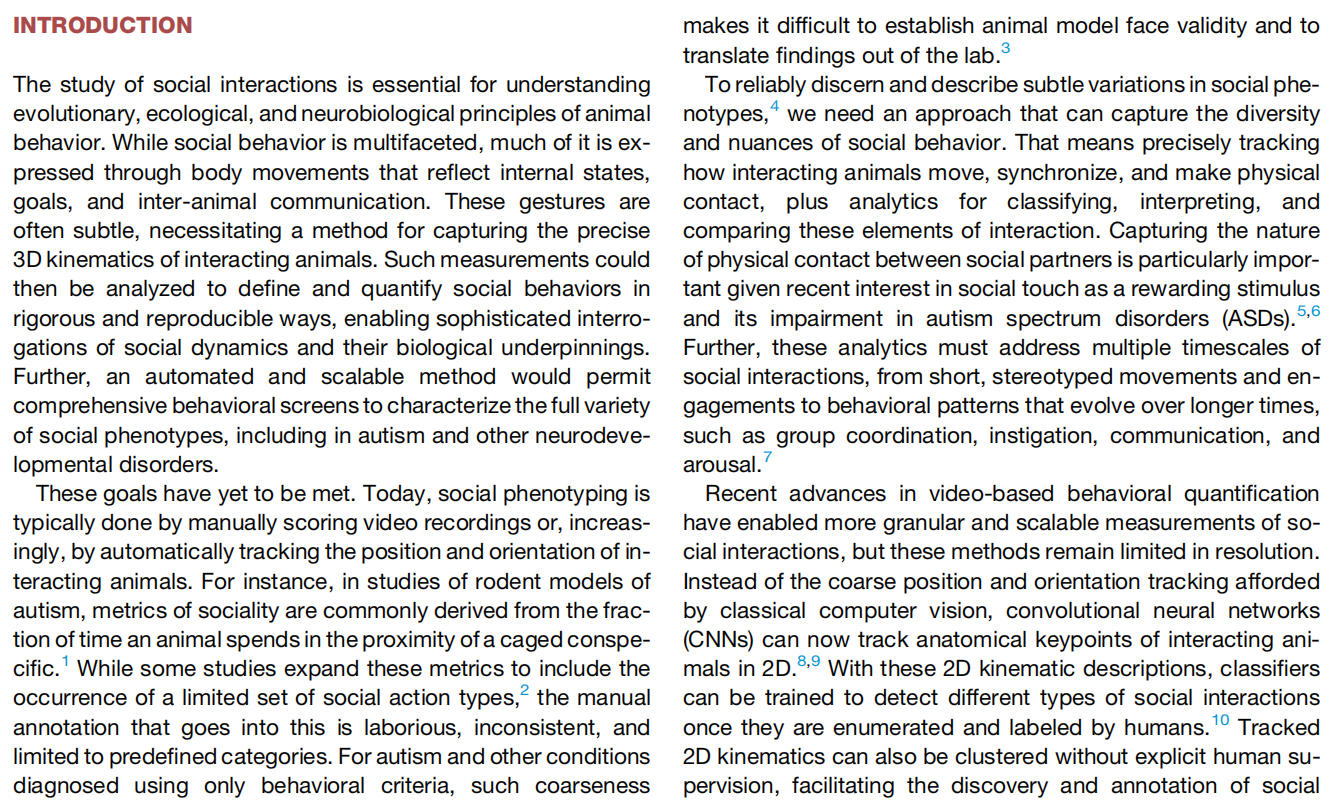
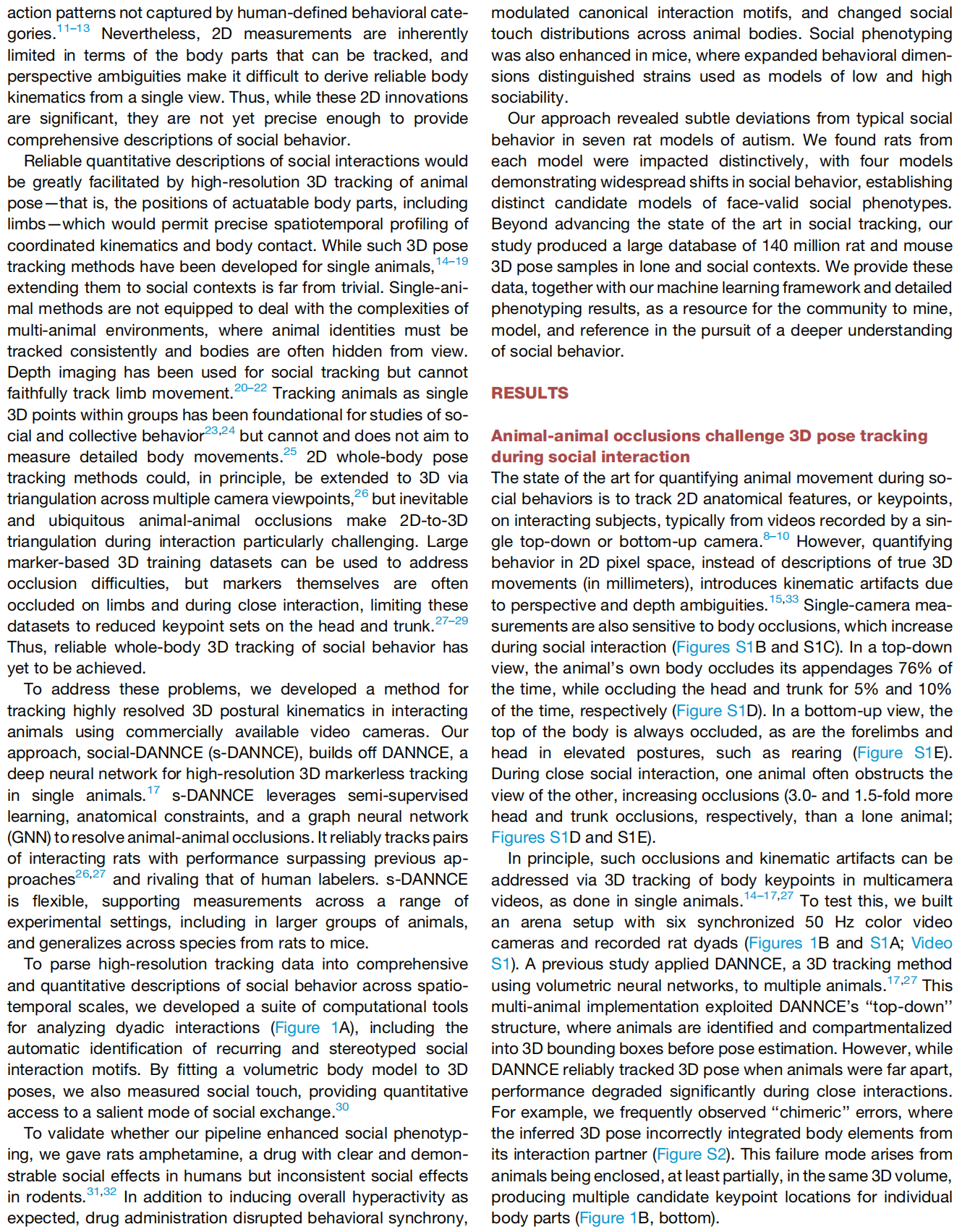
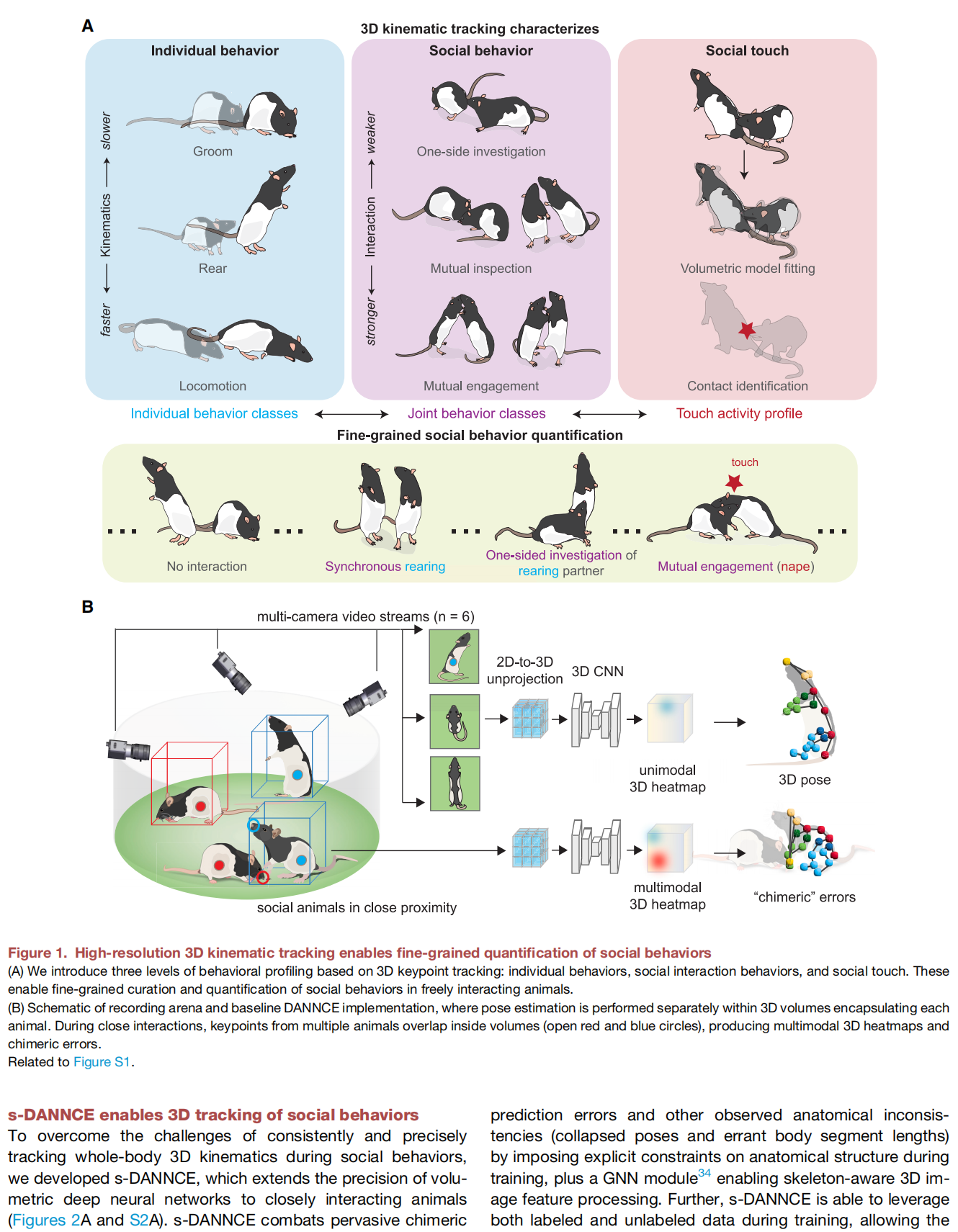


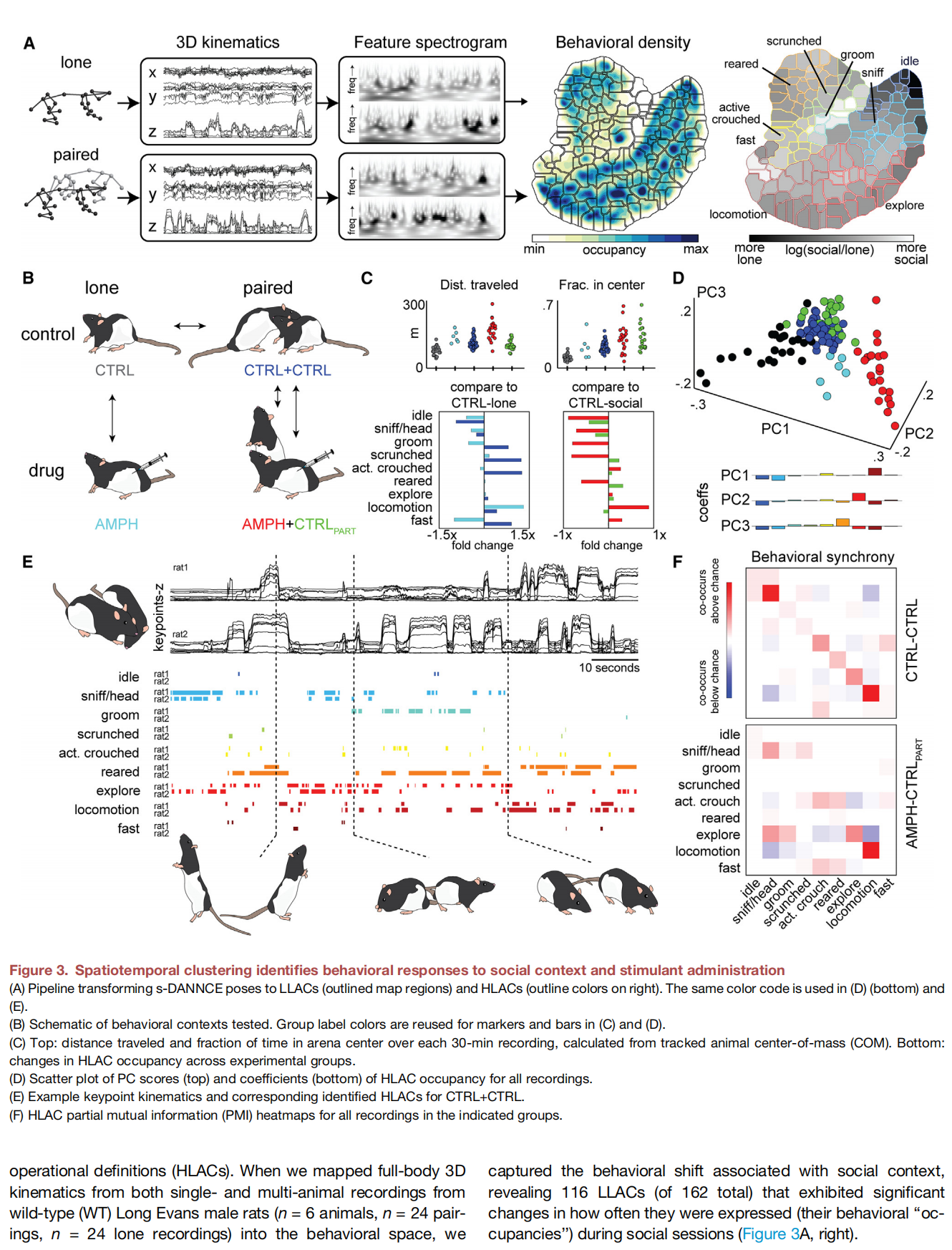
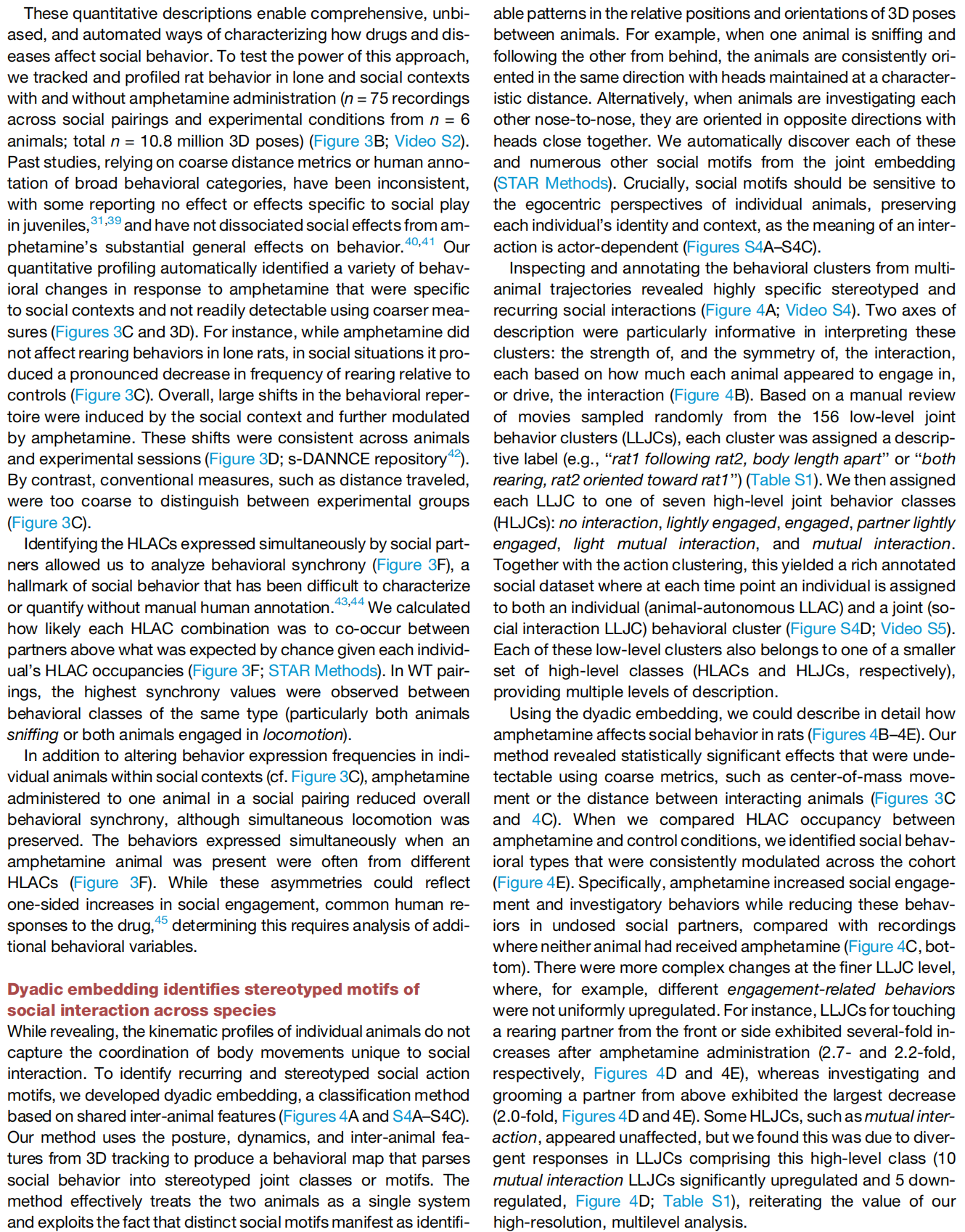
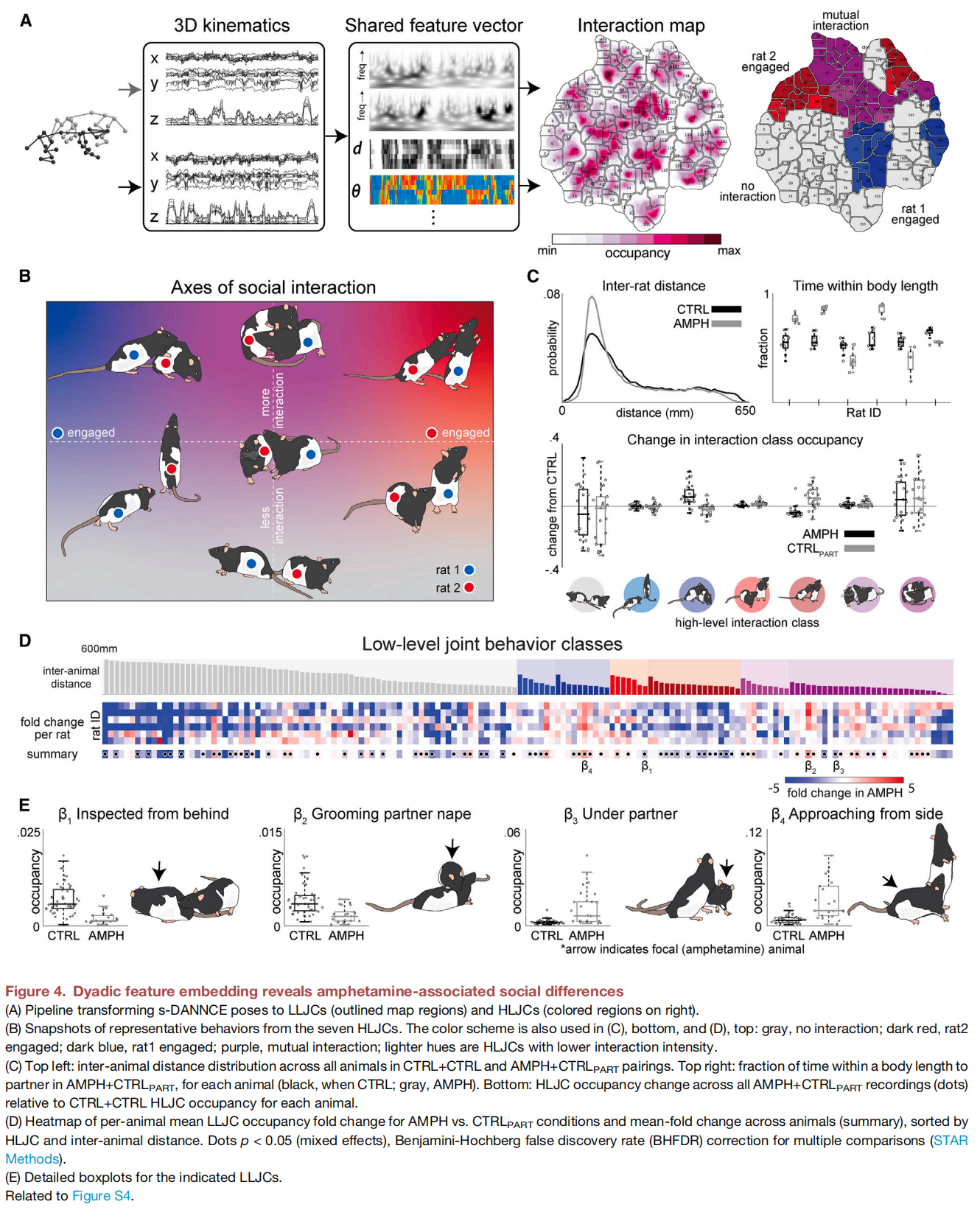
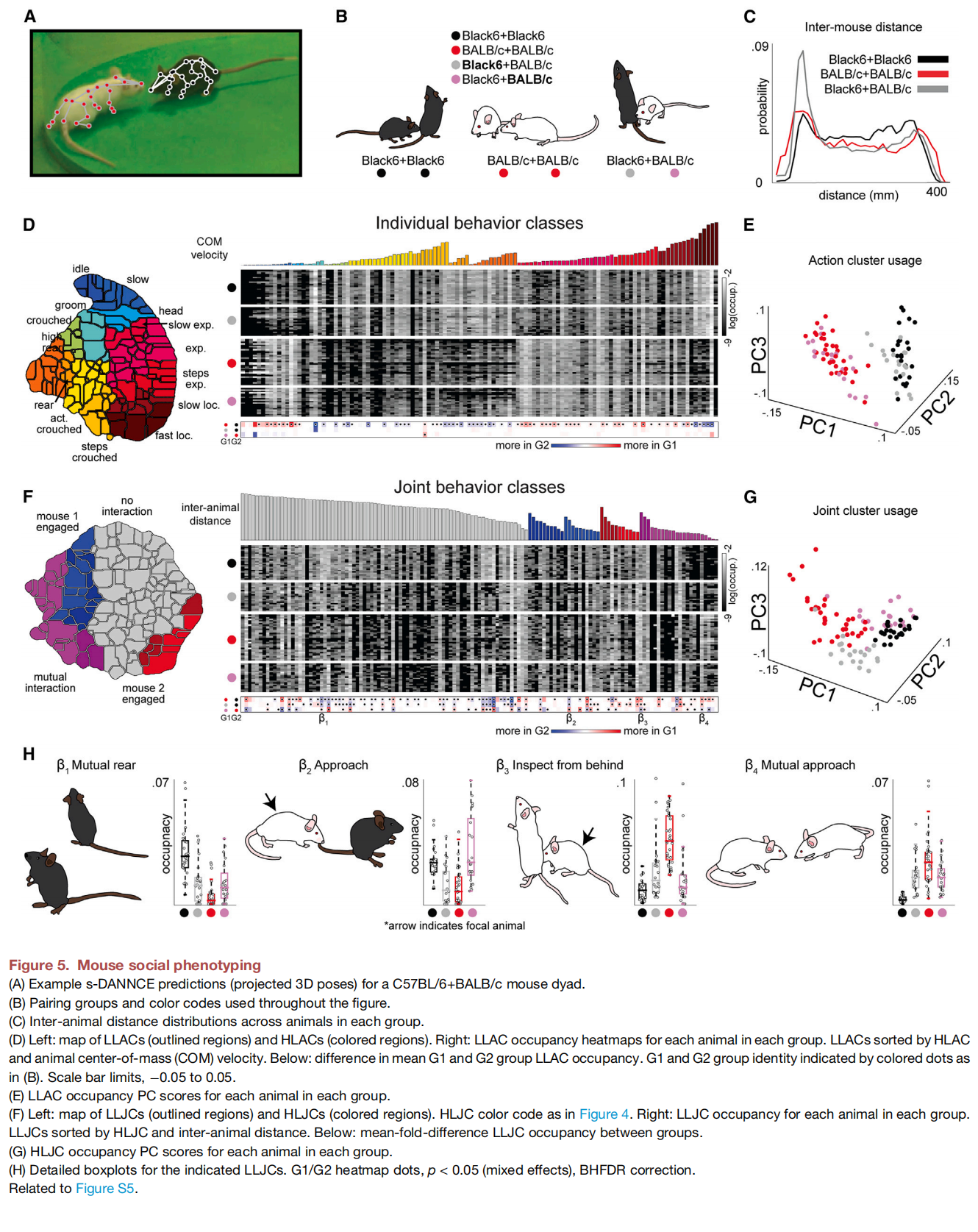
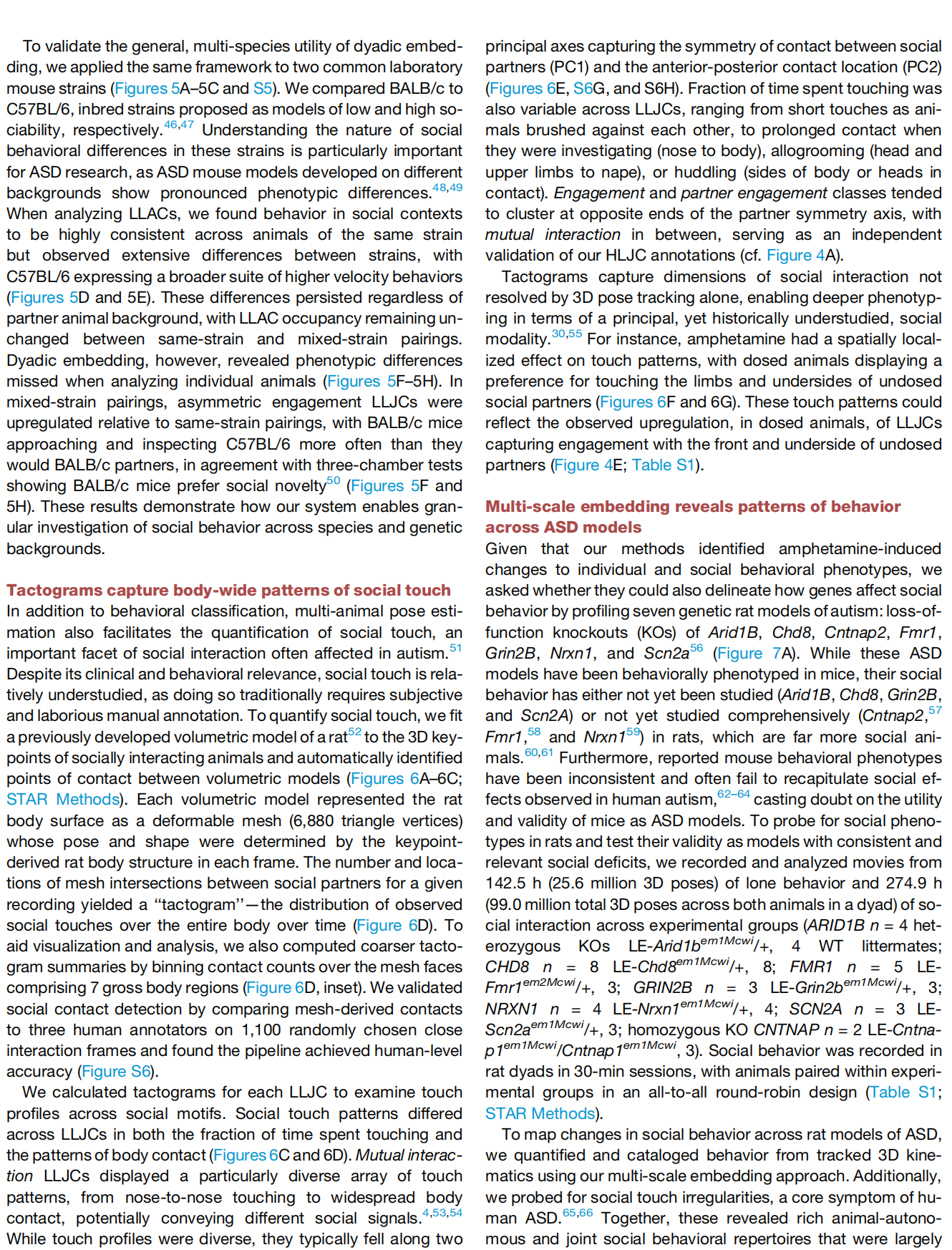
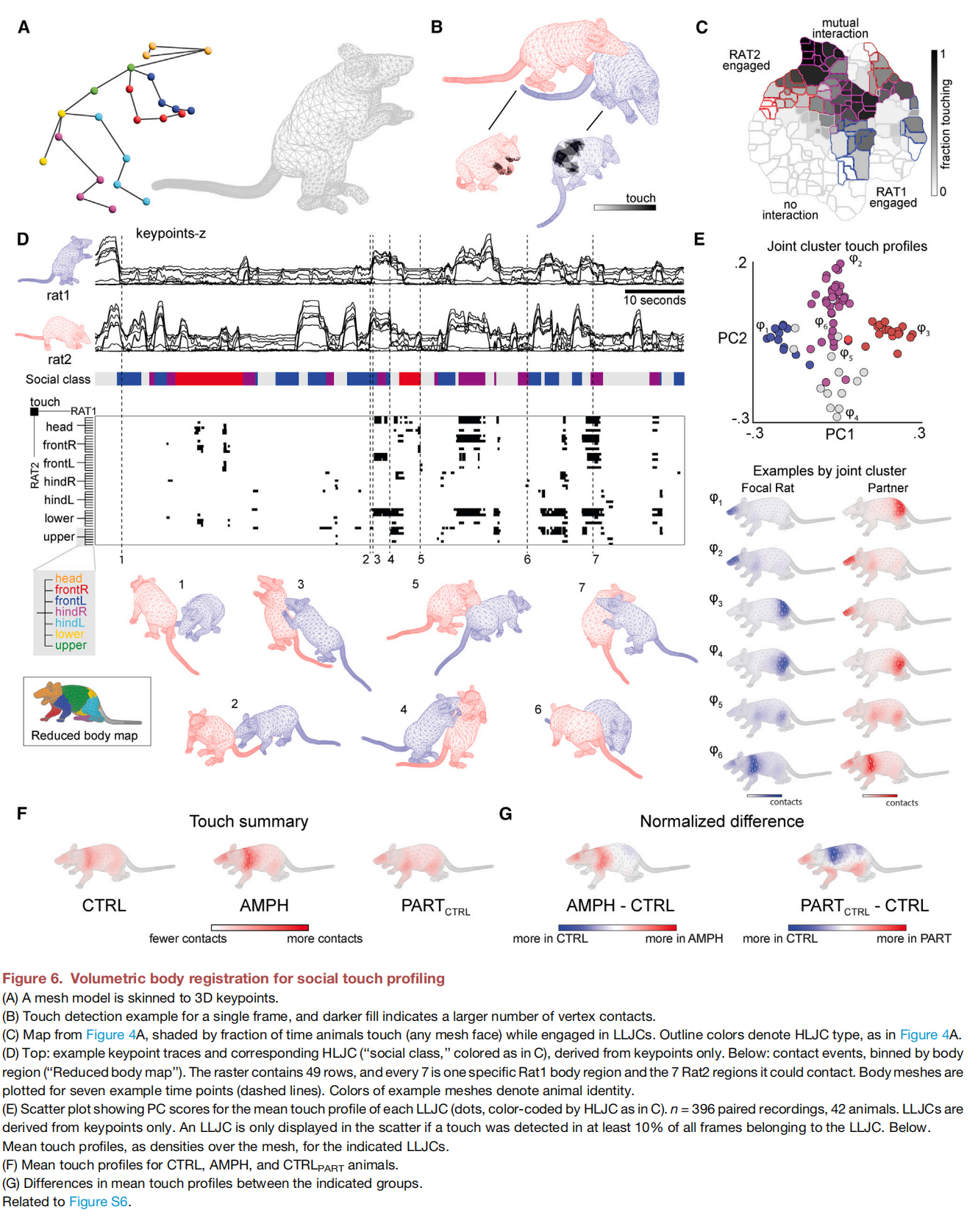

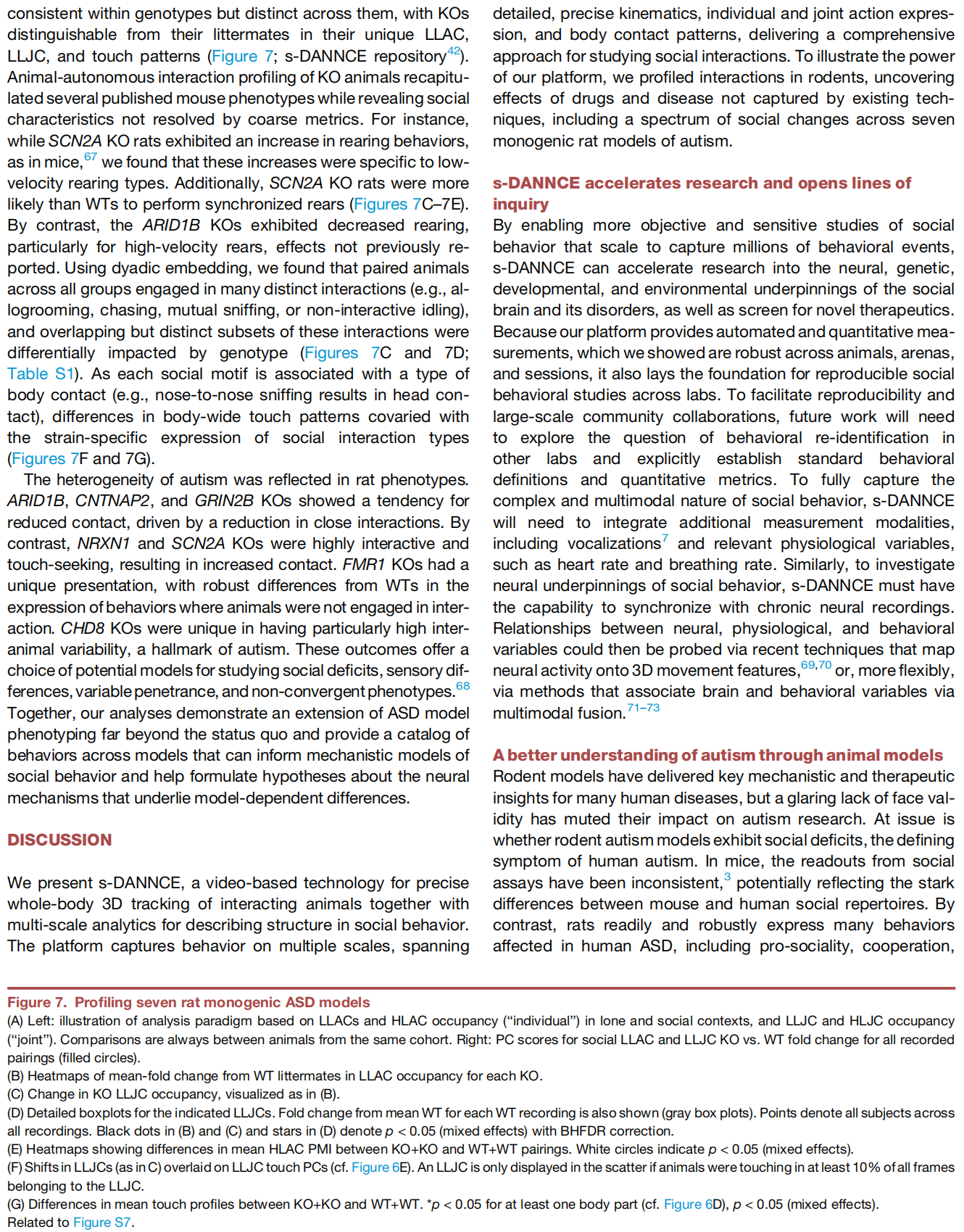
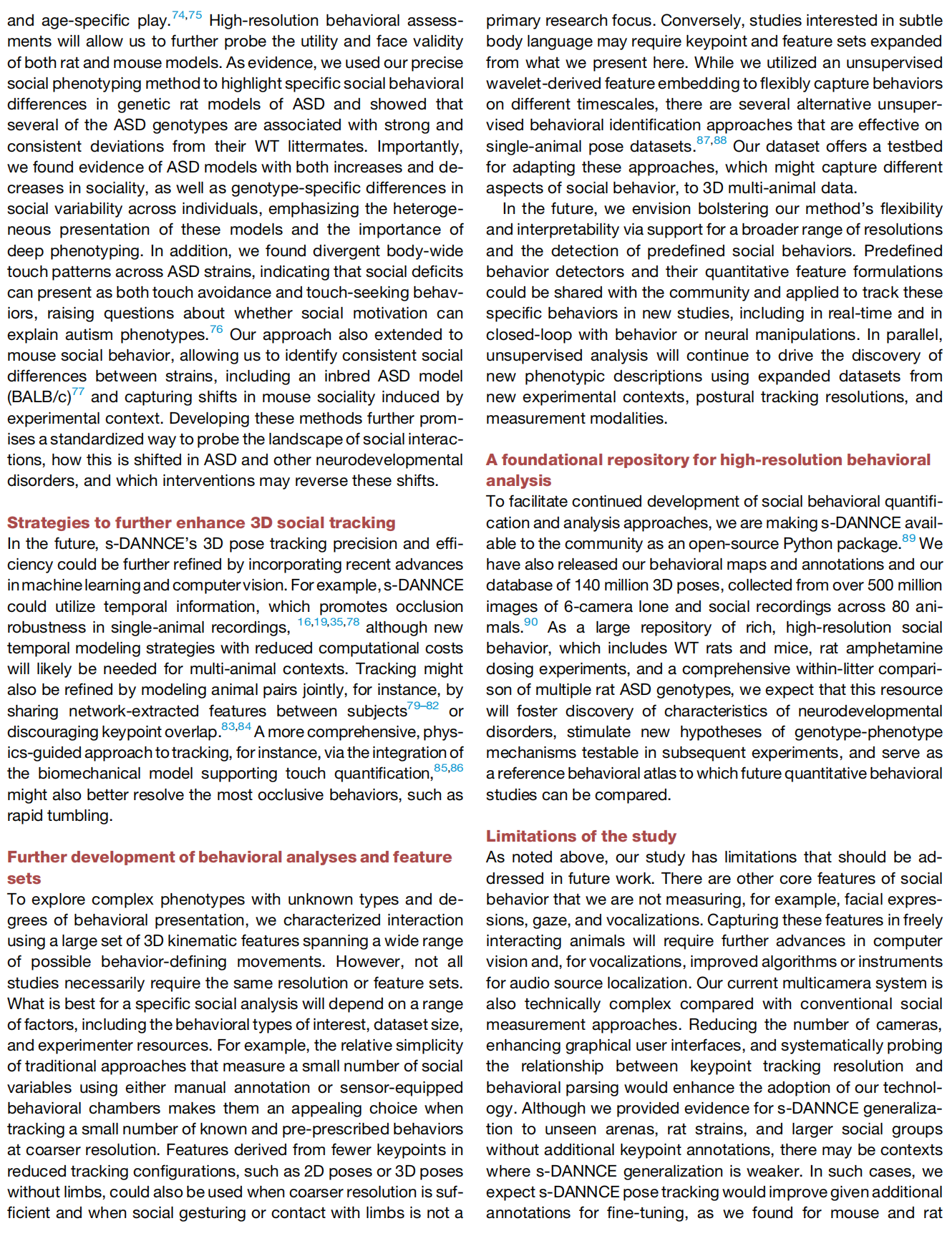
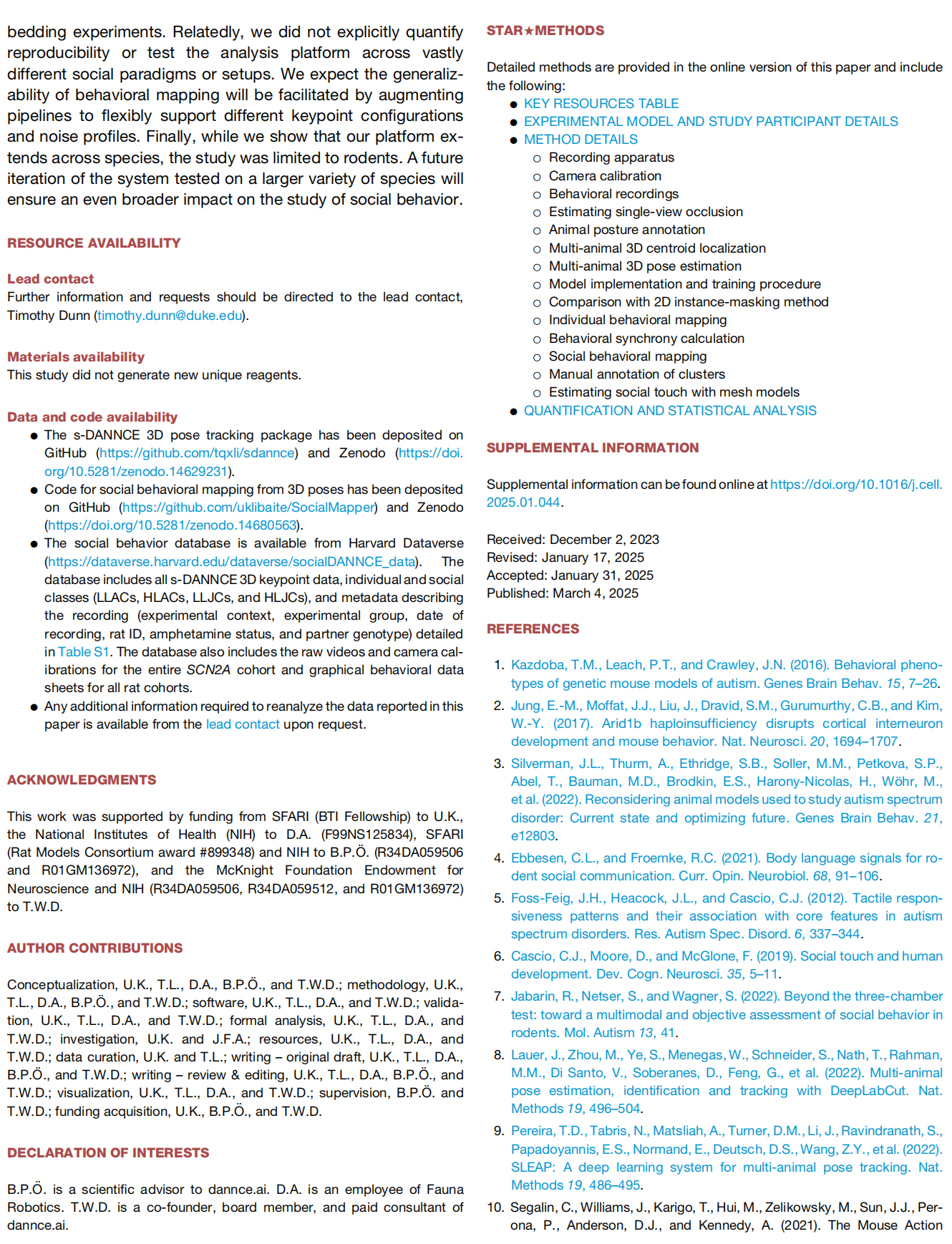
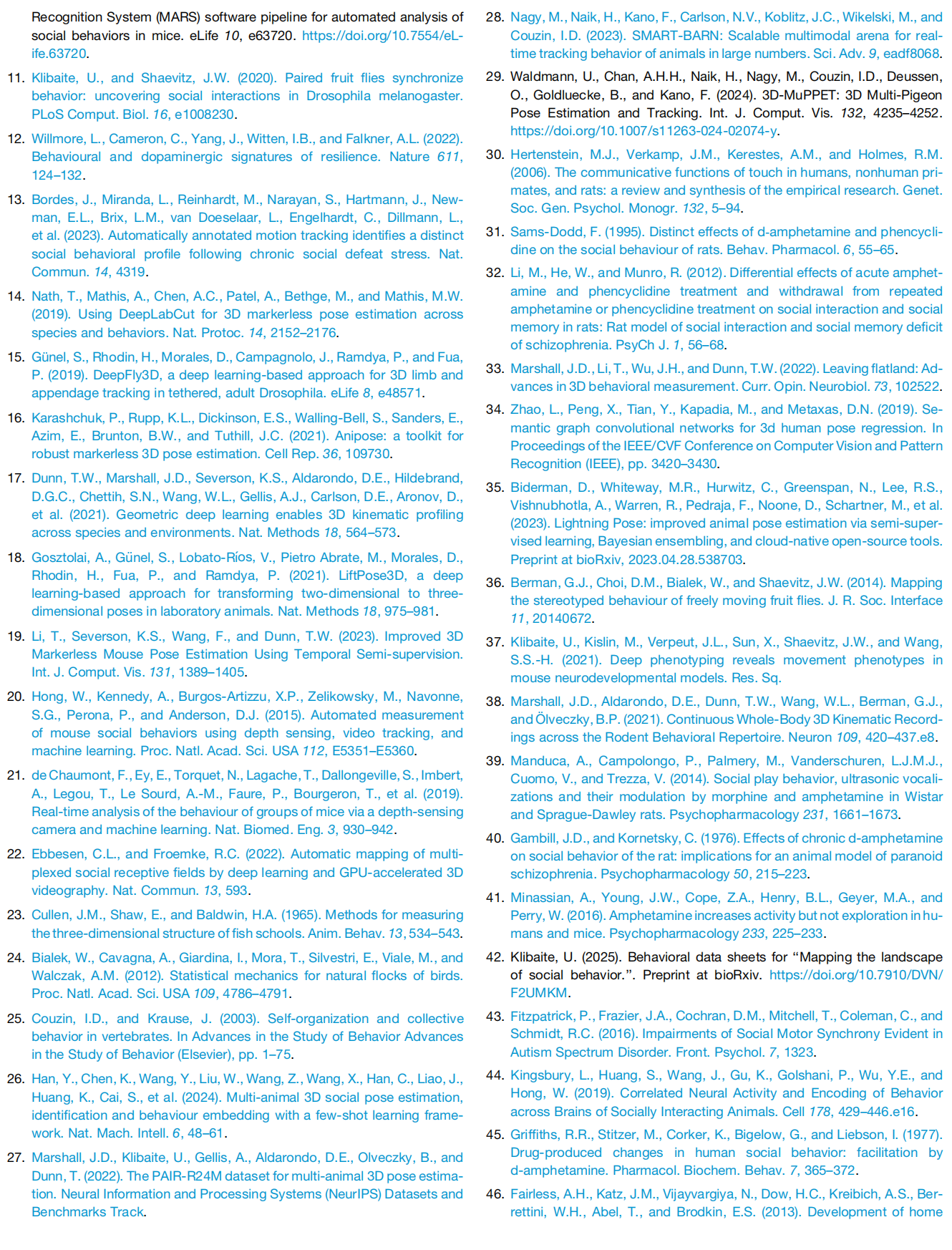
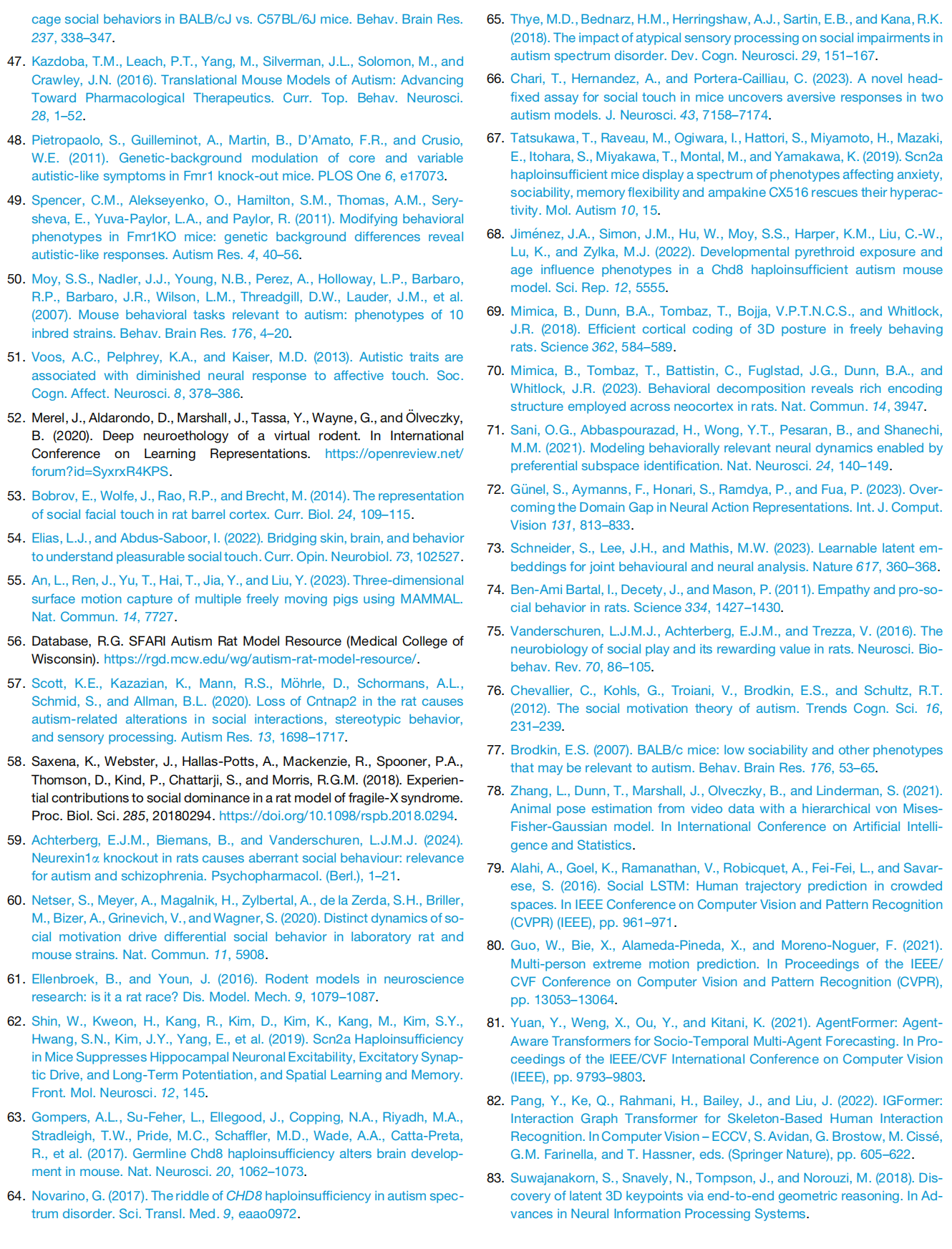
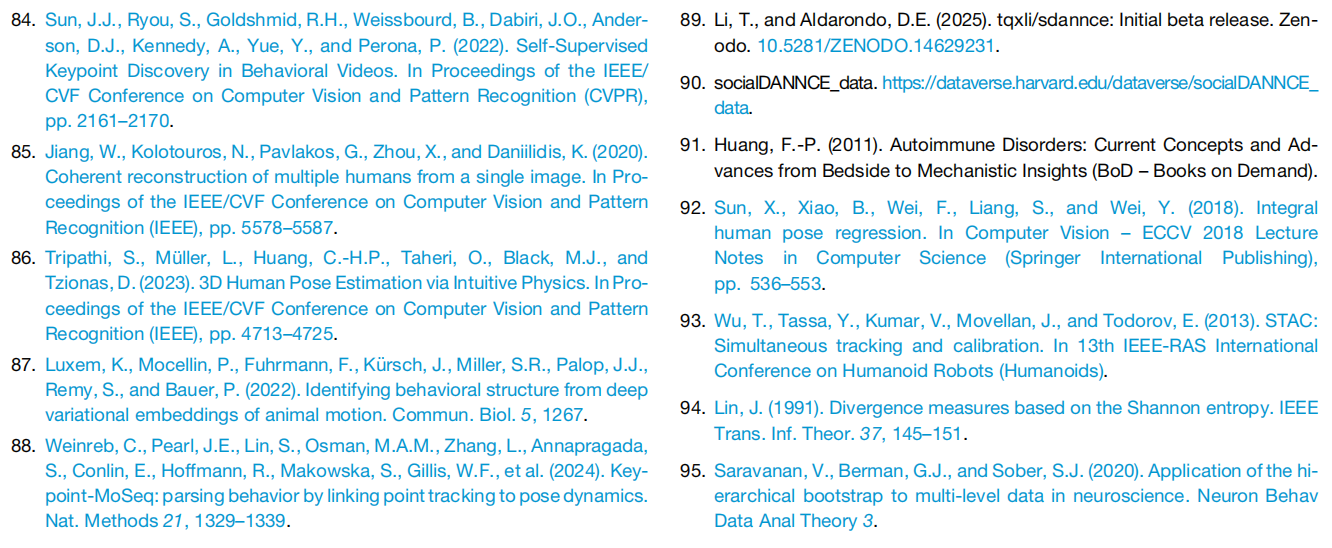
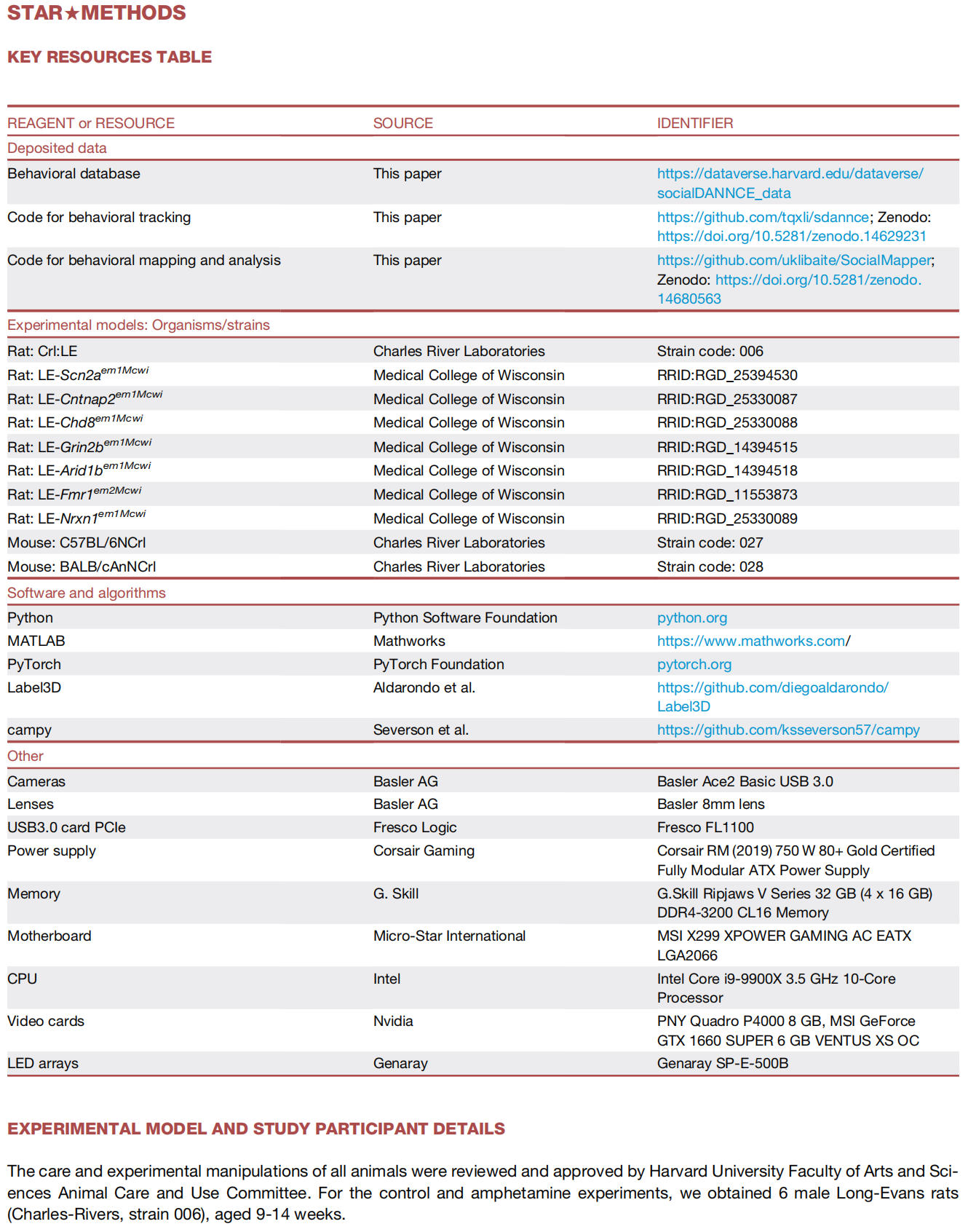
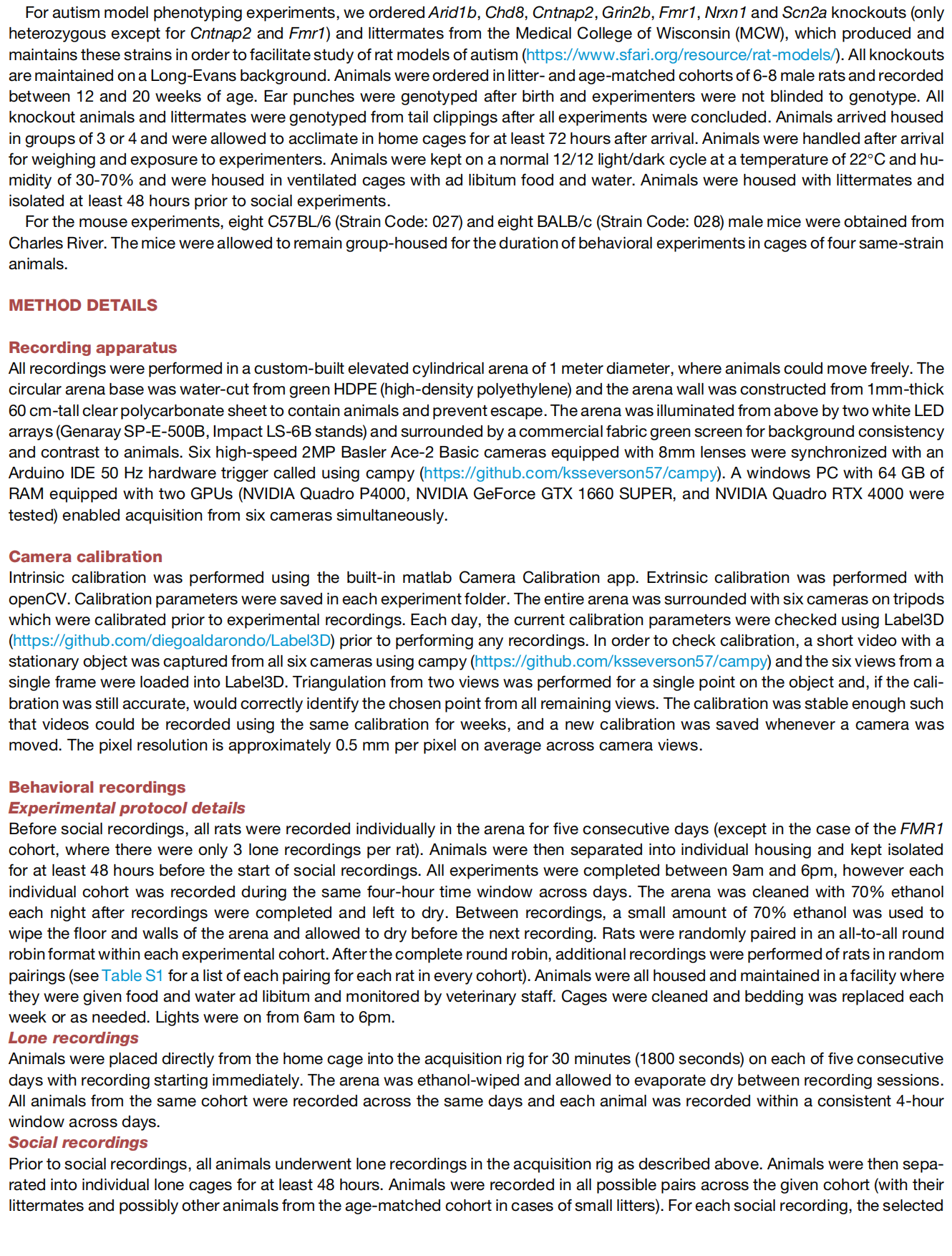
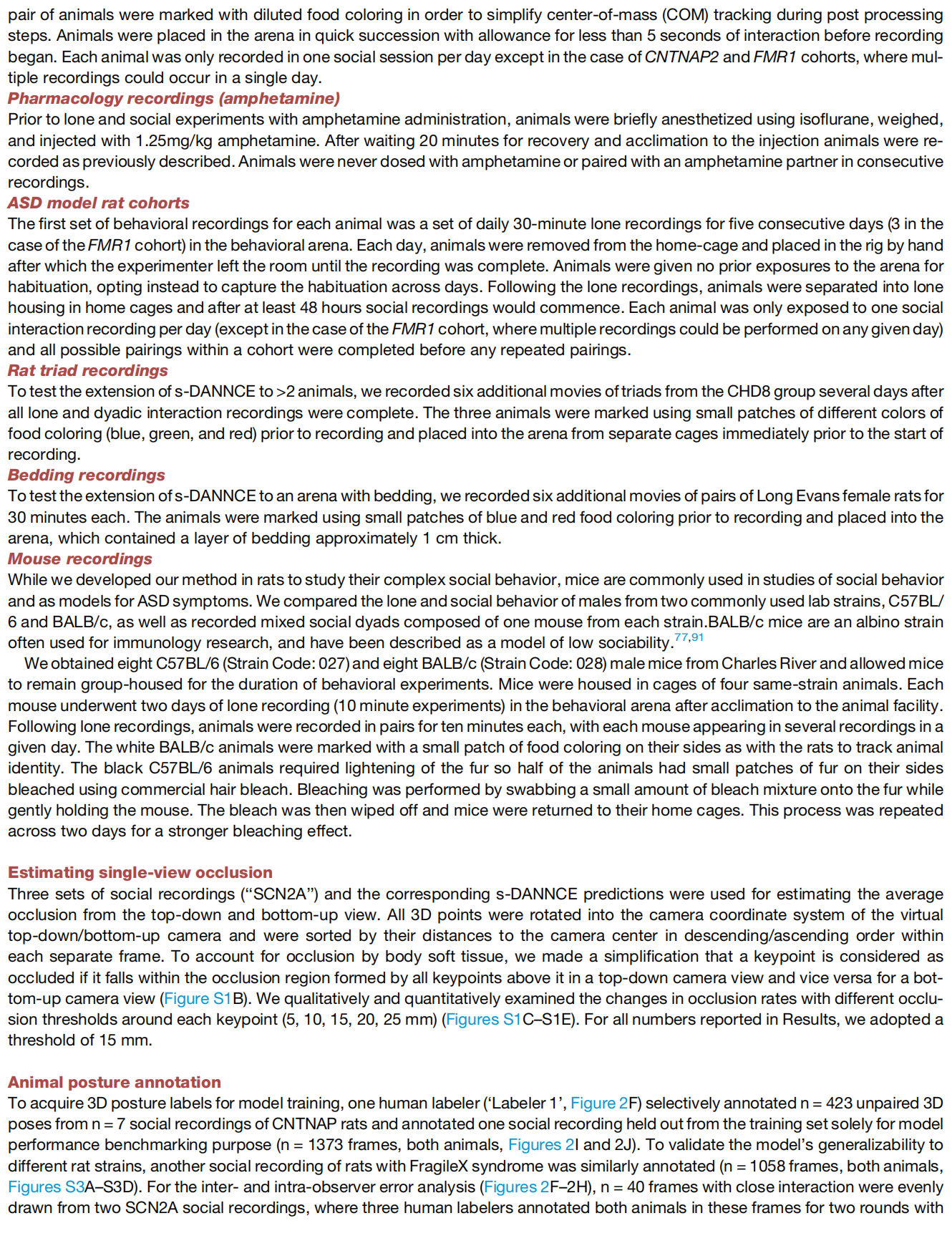
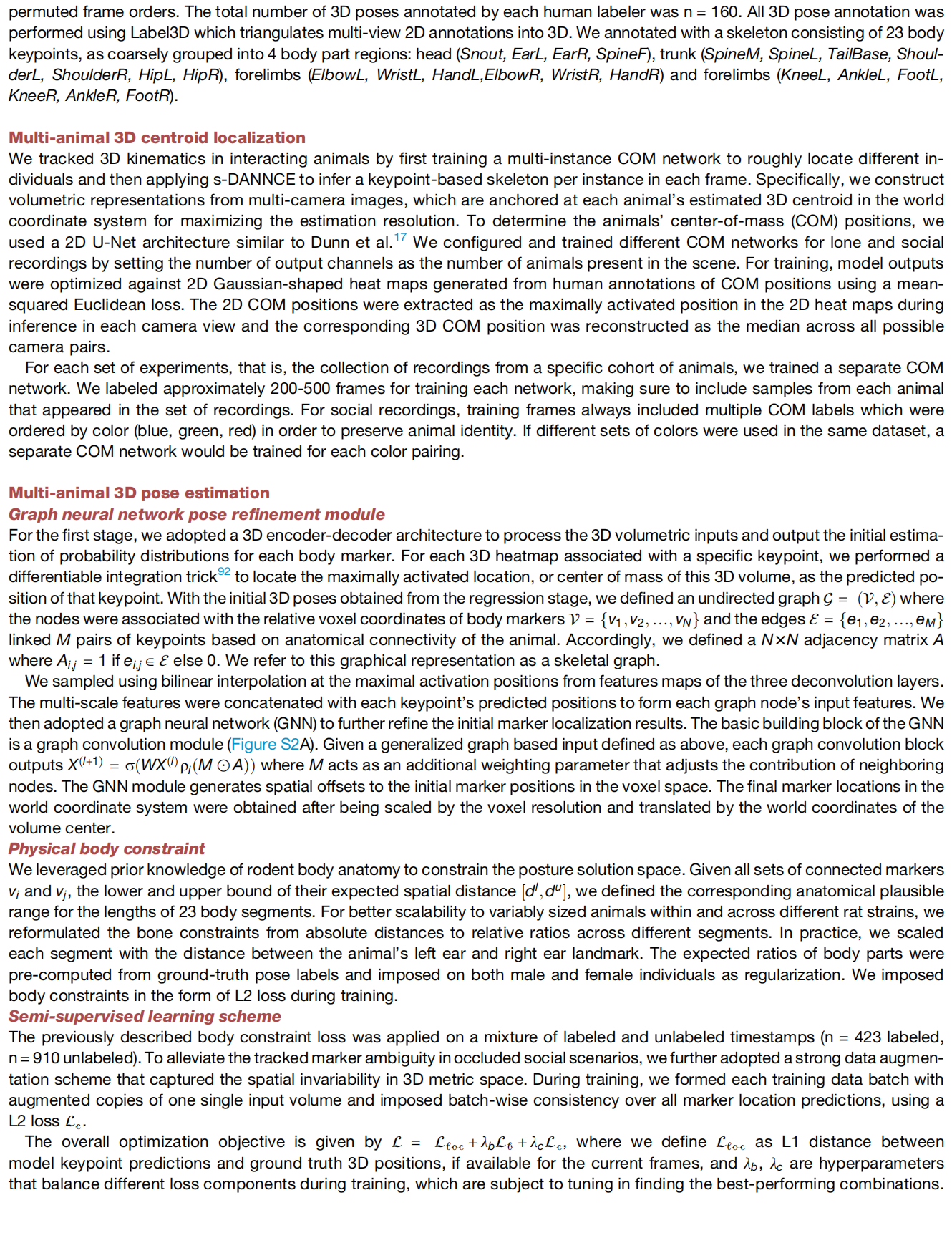
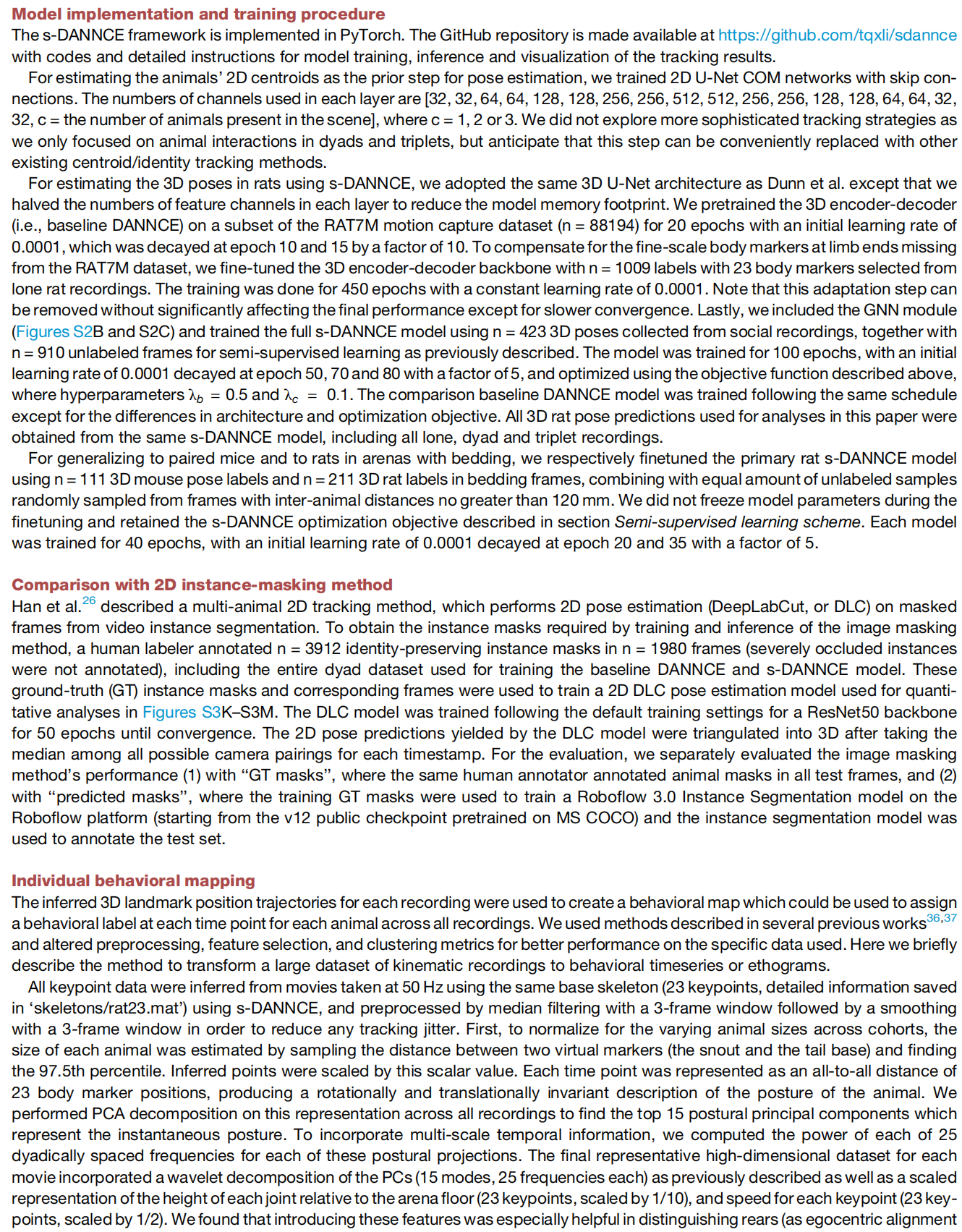

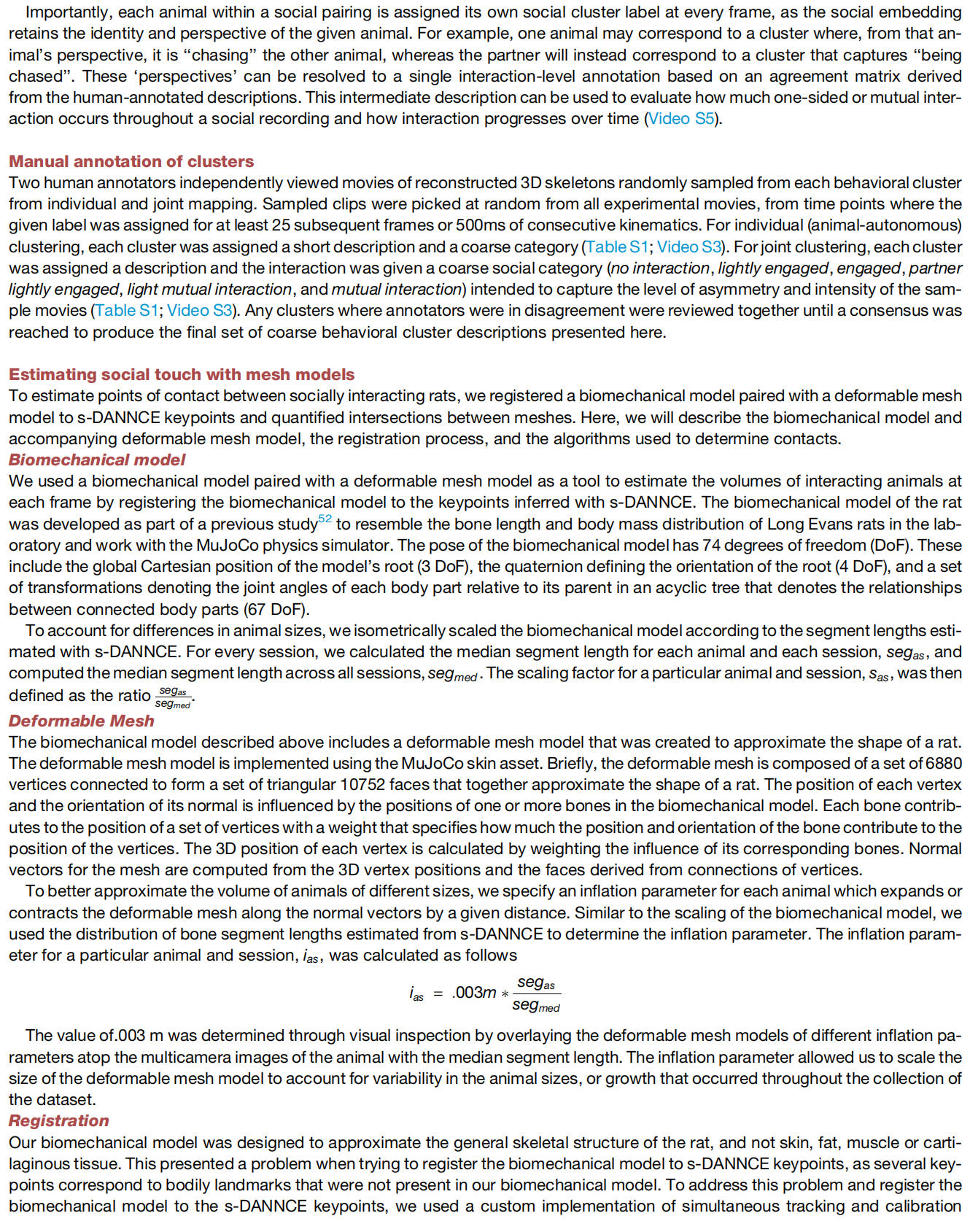
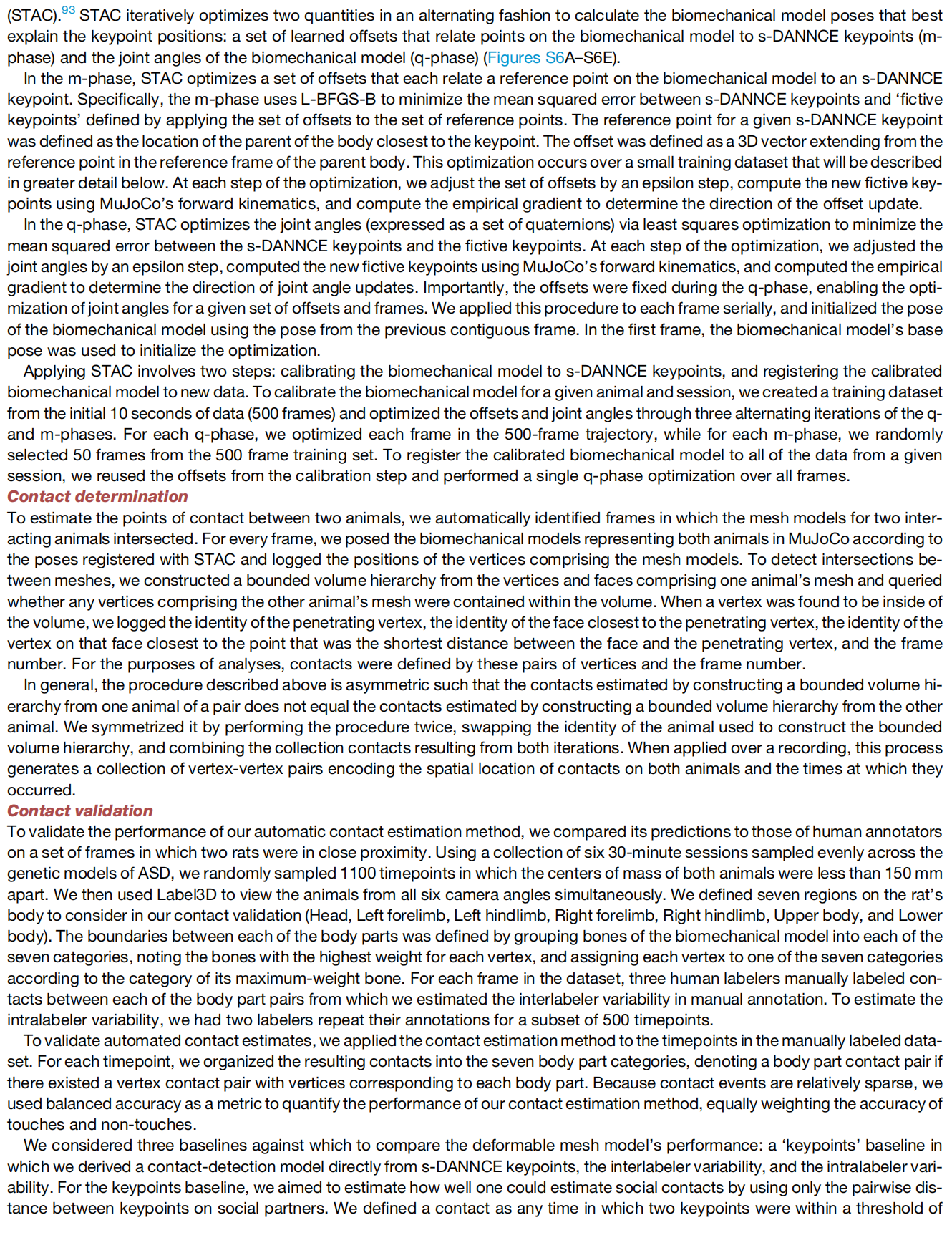
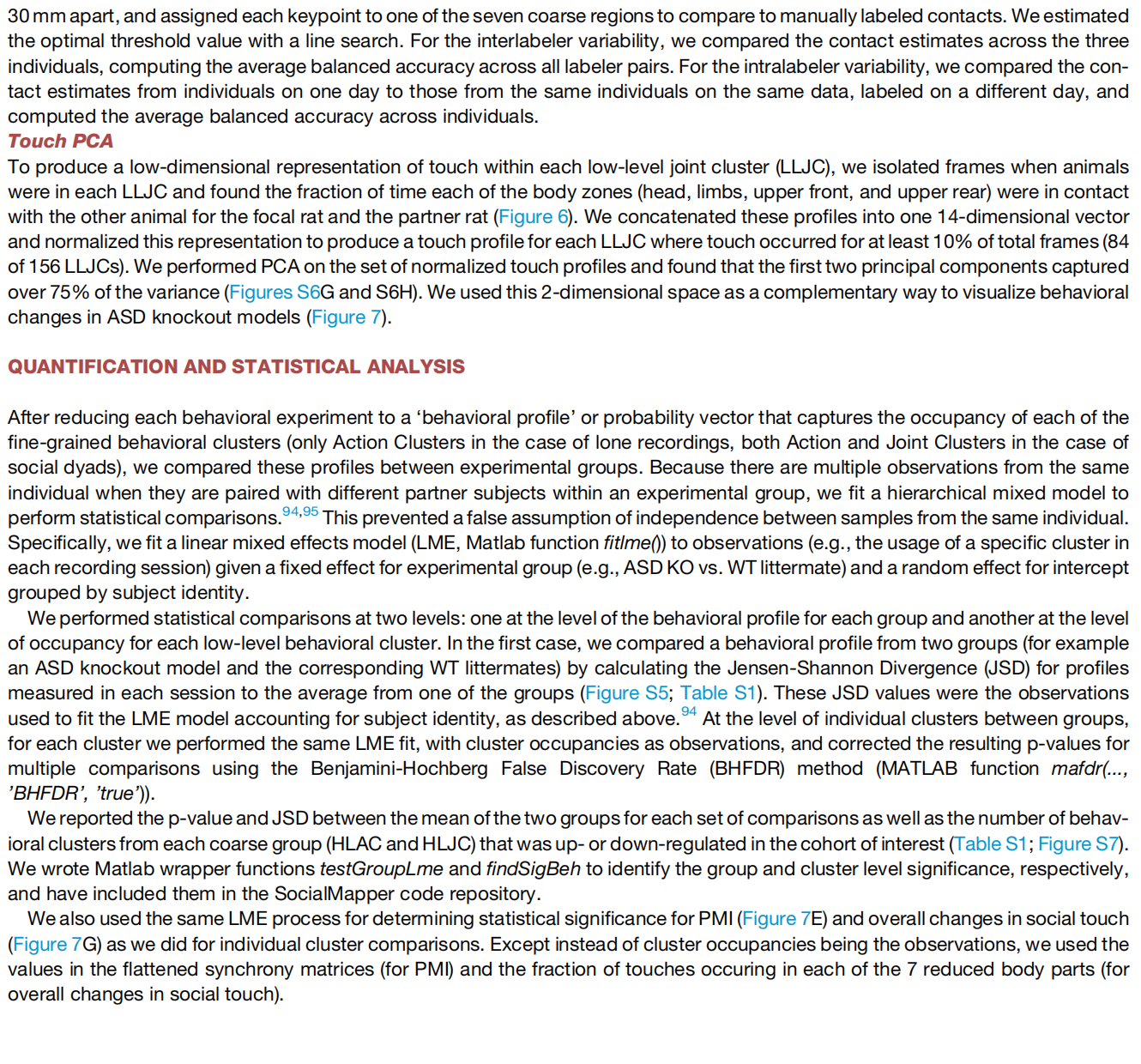
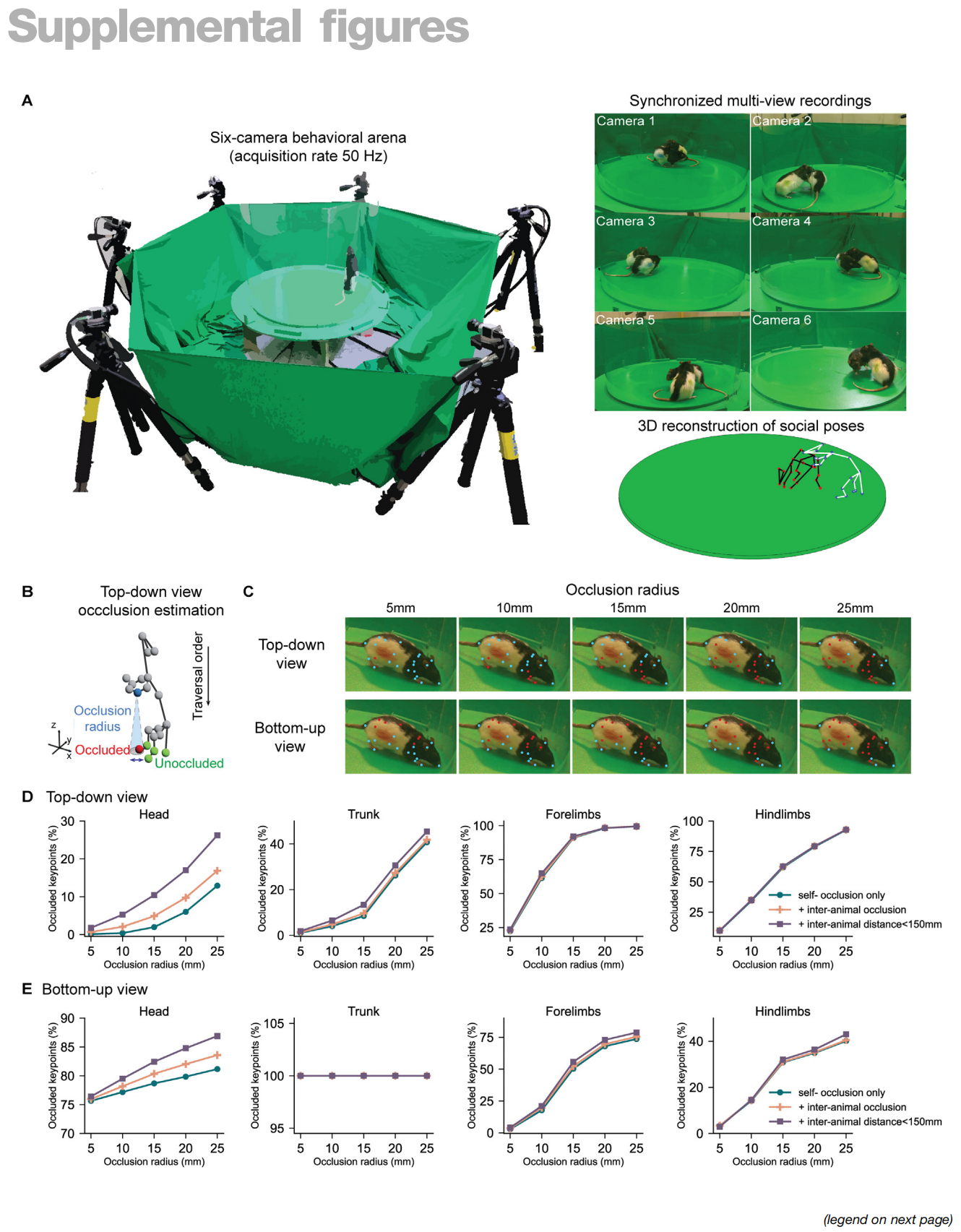

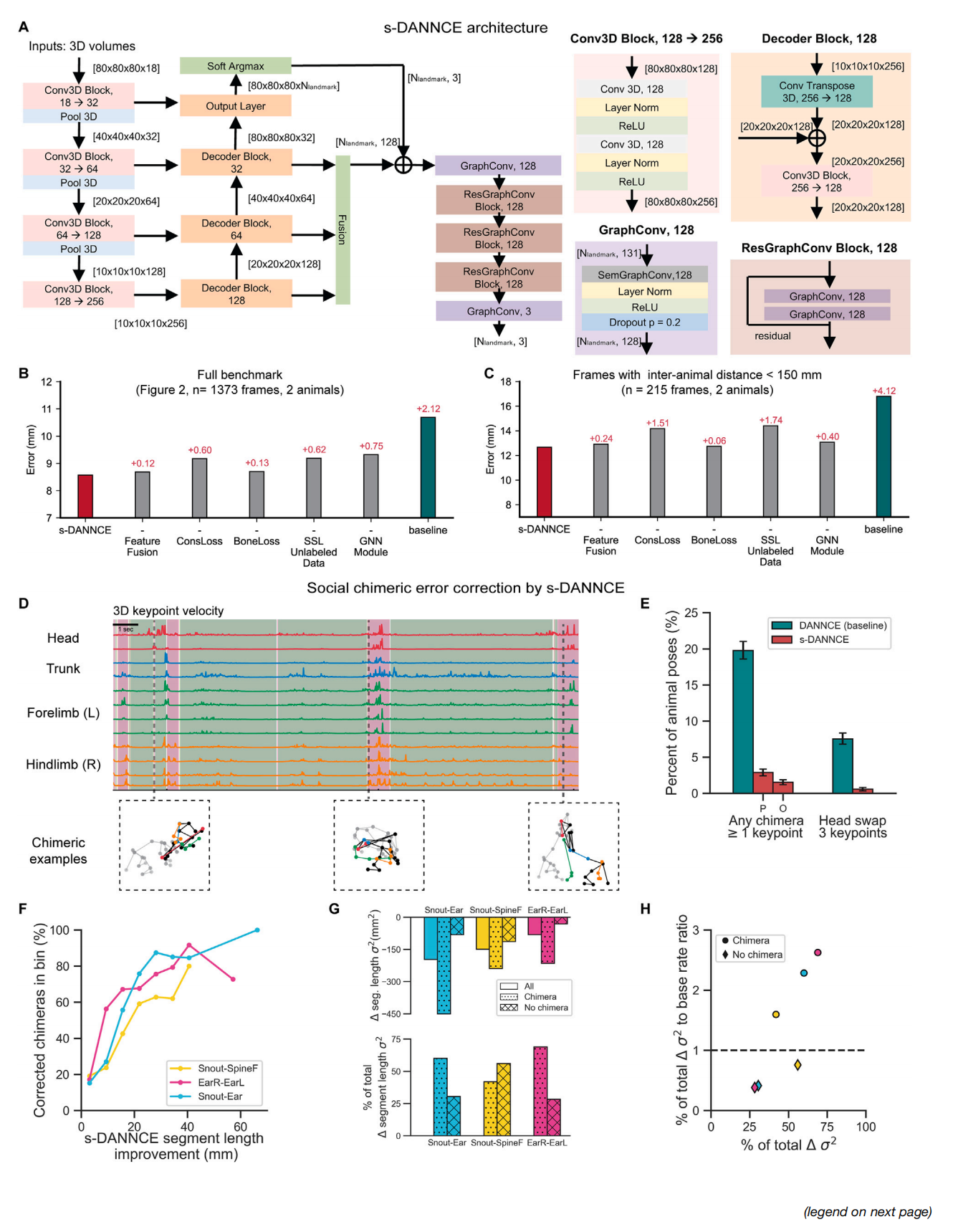
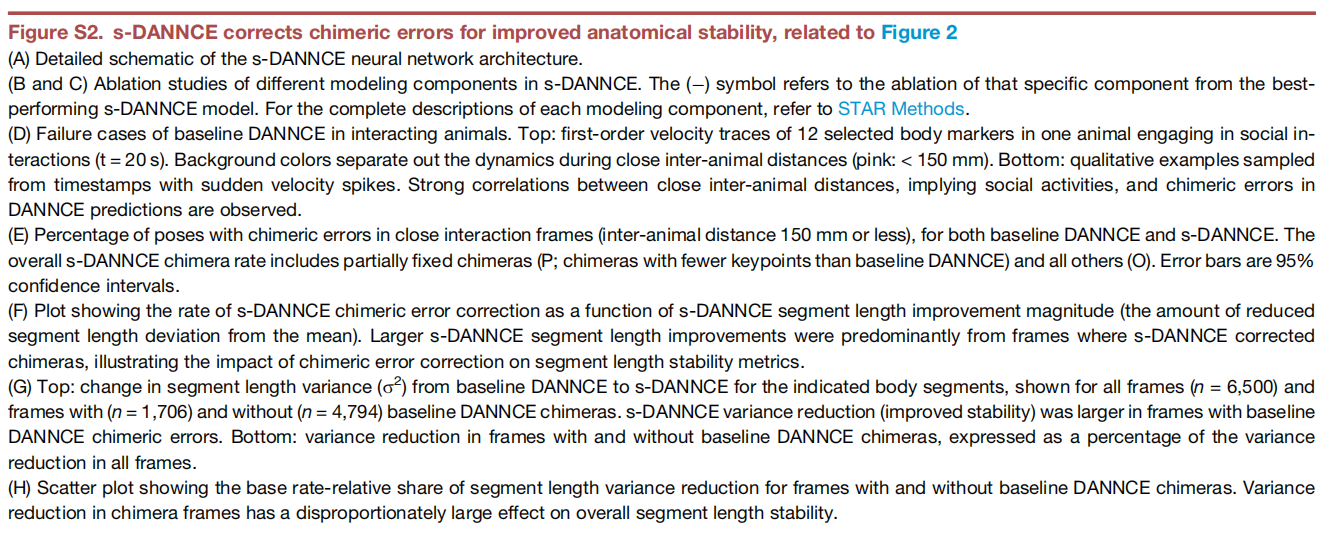

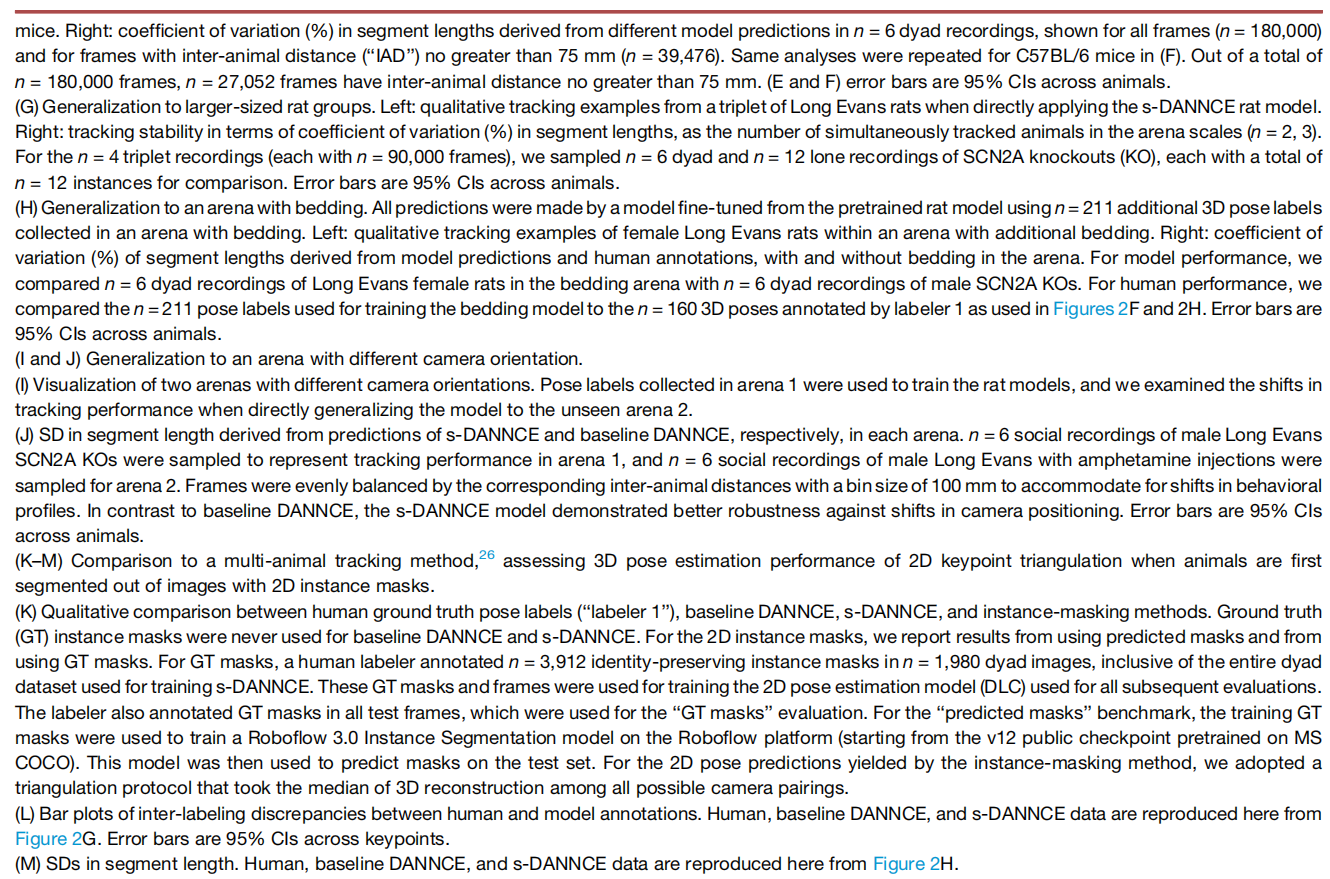
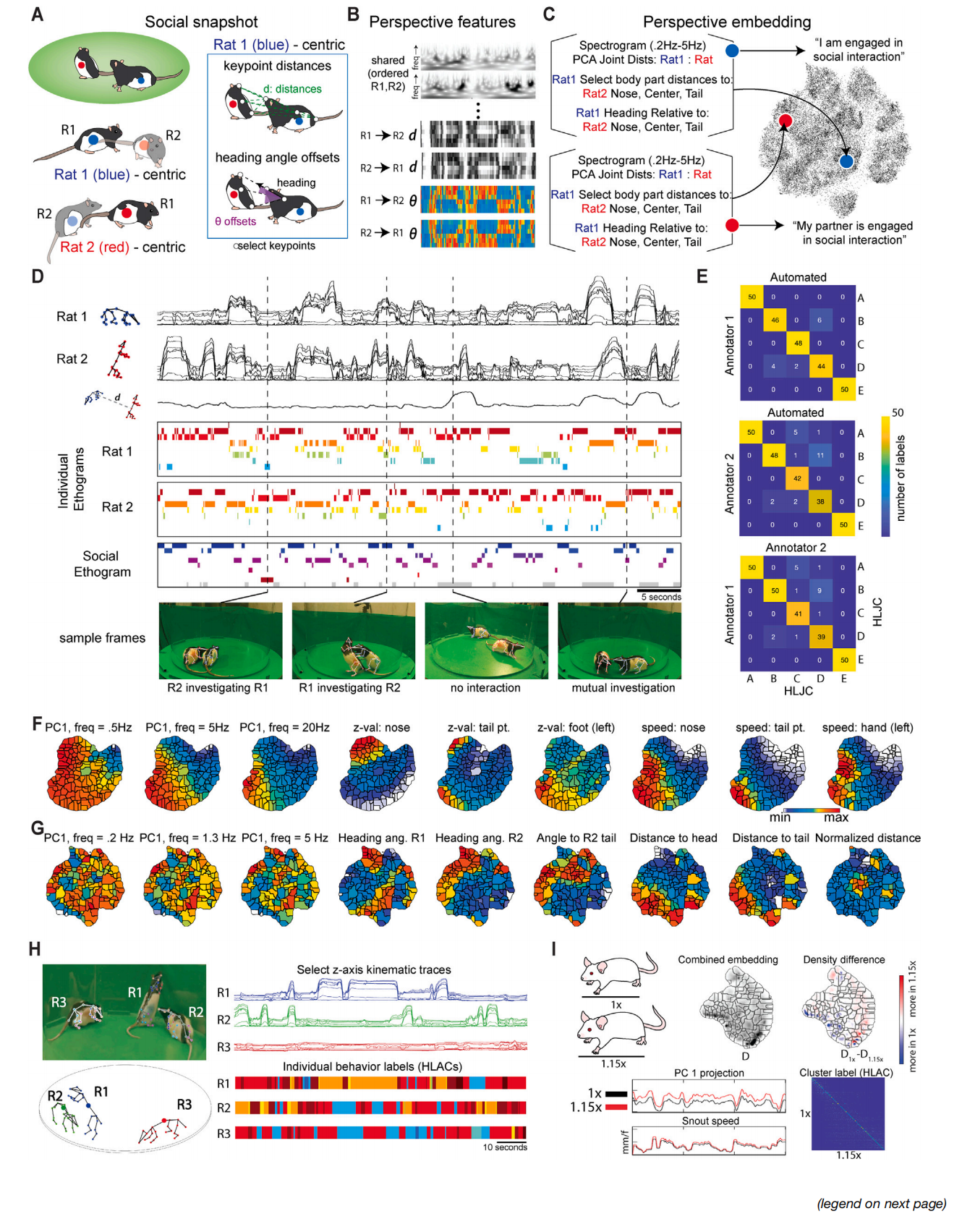
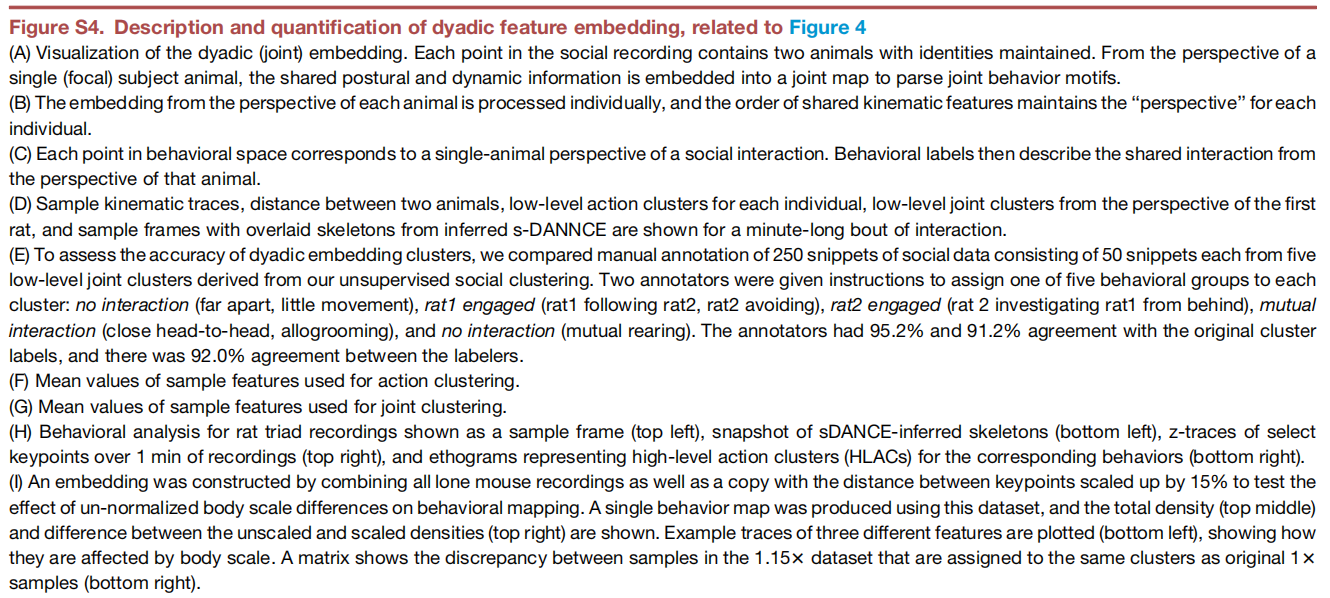
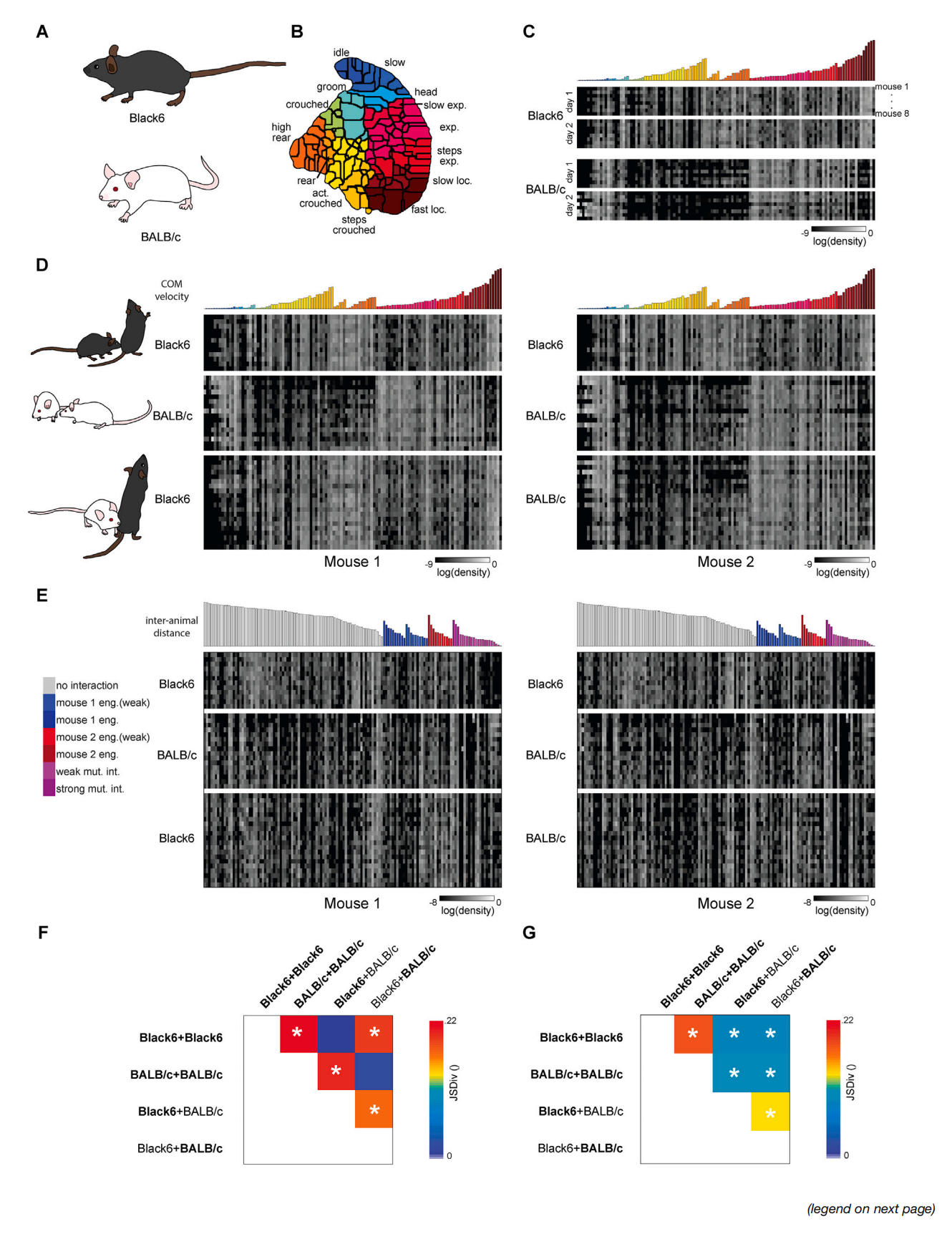

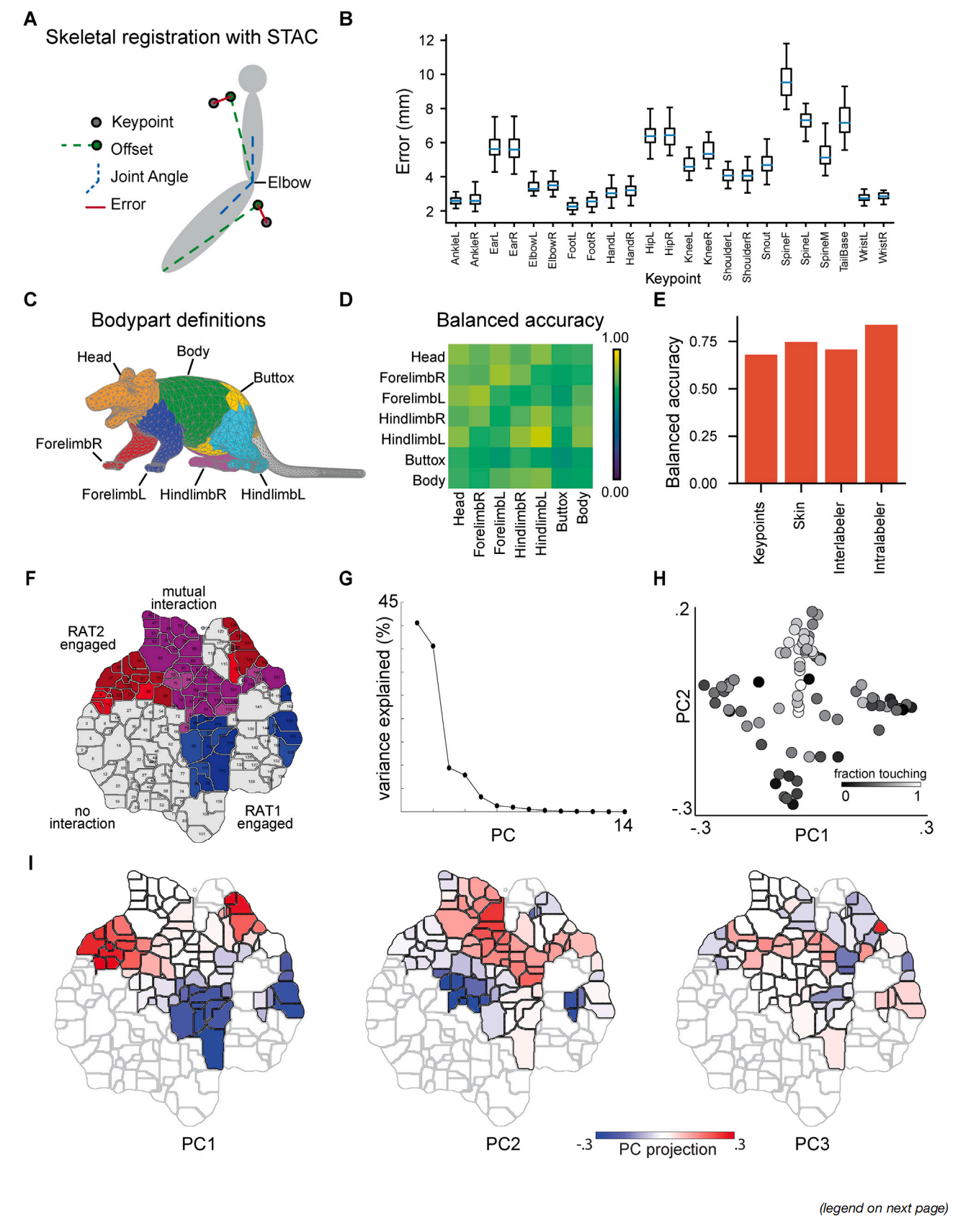

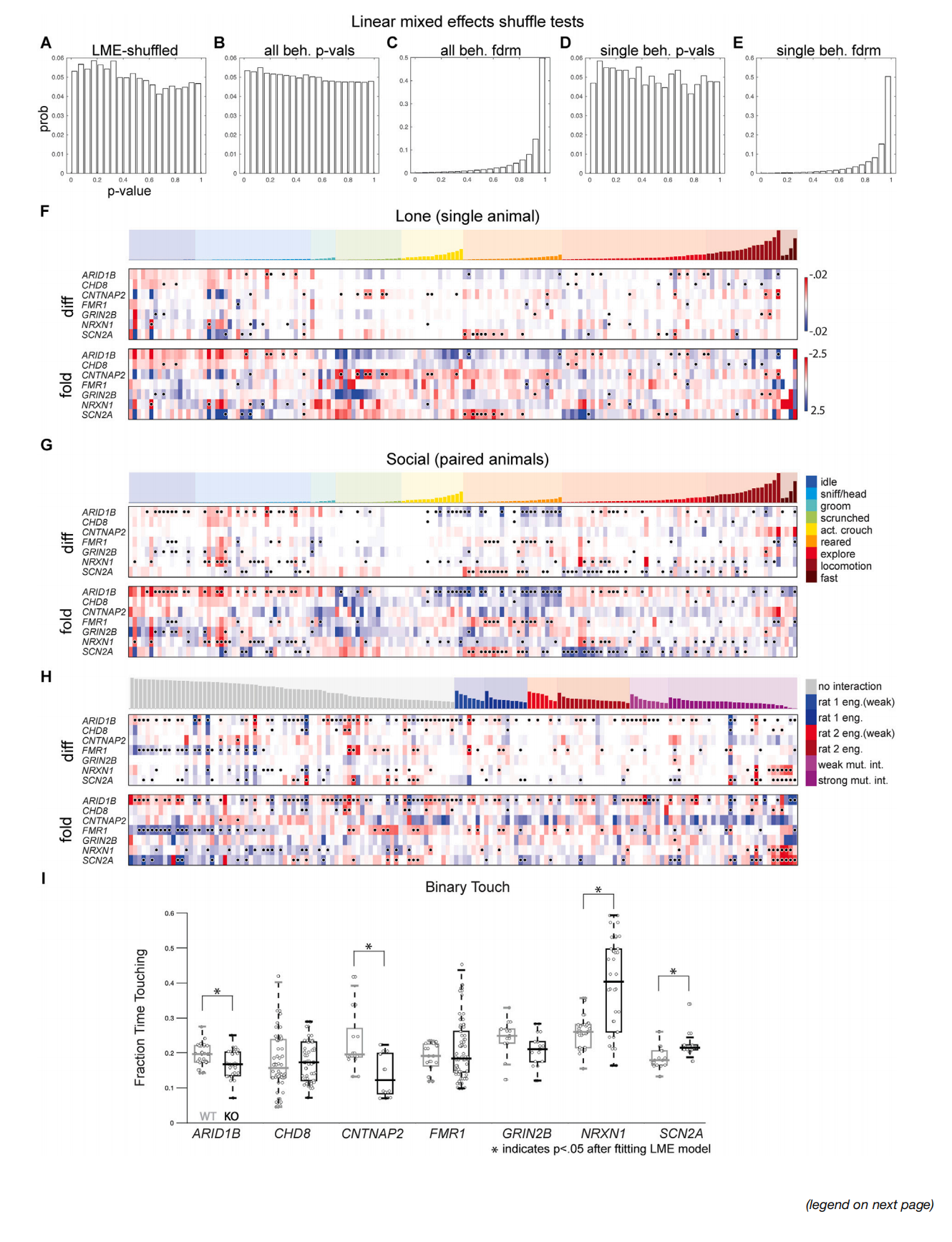

This article is excerpted form the Cell 188, 2249–2266, April 17, 2025 by Wound World.
Ugne Klibaite,1,4,* Tianqing Li,2,4 Diego Aldarondo,1,3 Jumana F. Akoad,1 Bence P. O¨ lveczky,1,* and Timothy W. Dunn2,5,*
1 Department of Organismic and Evolutionary Biology, Harvard University, Cambridge, MA 02138, USA
2 Department of Biomedical Engineering, Duke University, Durham, NC 27708, USA
3 Present address: Fauna Robotics, New York, NY 10003, USA
4 These authors contributed equally
5 Lead contact
*Correspondence: 该Email地址已收到反垃圾邮件插件保护。要显示它您需要在浏览器中启用JavaScript。 (U.K.), 该Email地址已收到反垃圾邮件插件保护。要显示它您需要在浏览器中启用JavaScript。 (B.P.O¨ .), 该Email地址已收到反垃圾邮件插件保护。要显示它您需要在浏览器中启用JavaScript。 (T.W.D.)
https://doi.org/10.1016/j.cell.2025.01.044
SUMMARY
Social interaction is integral to animal behavior. However, lacking tools to describe it in quantitative and rigorous ways has limited our understanding of its structure, underlying principles, and the neuropsychiatric disorders, like autism, that perturb it. Here, we present a technique for high-resolution 3D tracking of postural dynamics and social touch in freely interacting animals, solving the challenging subject occlusion and partassignment problems using 3D geometric reasoning, graph neural networks, and semi-supervised learning. We collected over 110 million 3D pose samples in interacting rats and mice, including seven monogenic autism rat lines. Using a multi-scale embedding approach, we identified a rich landscape of stereotyped actions, interactions, synchrony, and body contacts. This high-resolution phenotyping revealed a spectrum of changes in autism models and in response to amphetamine not resolved by conventional measurements. Our framework and large library of interactions will facilitate studies of social behaviors and their neurobiological underpinnings.









































This article is excerpted form the Cell 188, 2249–2266, April 17, 2025 by Wound World.
